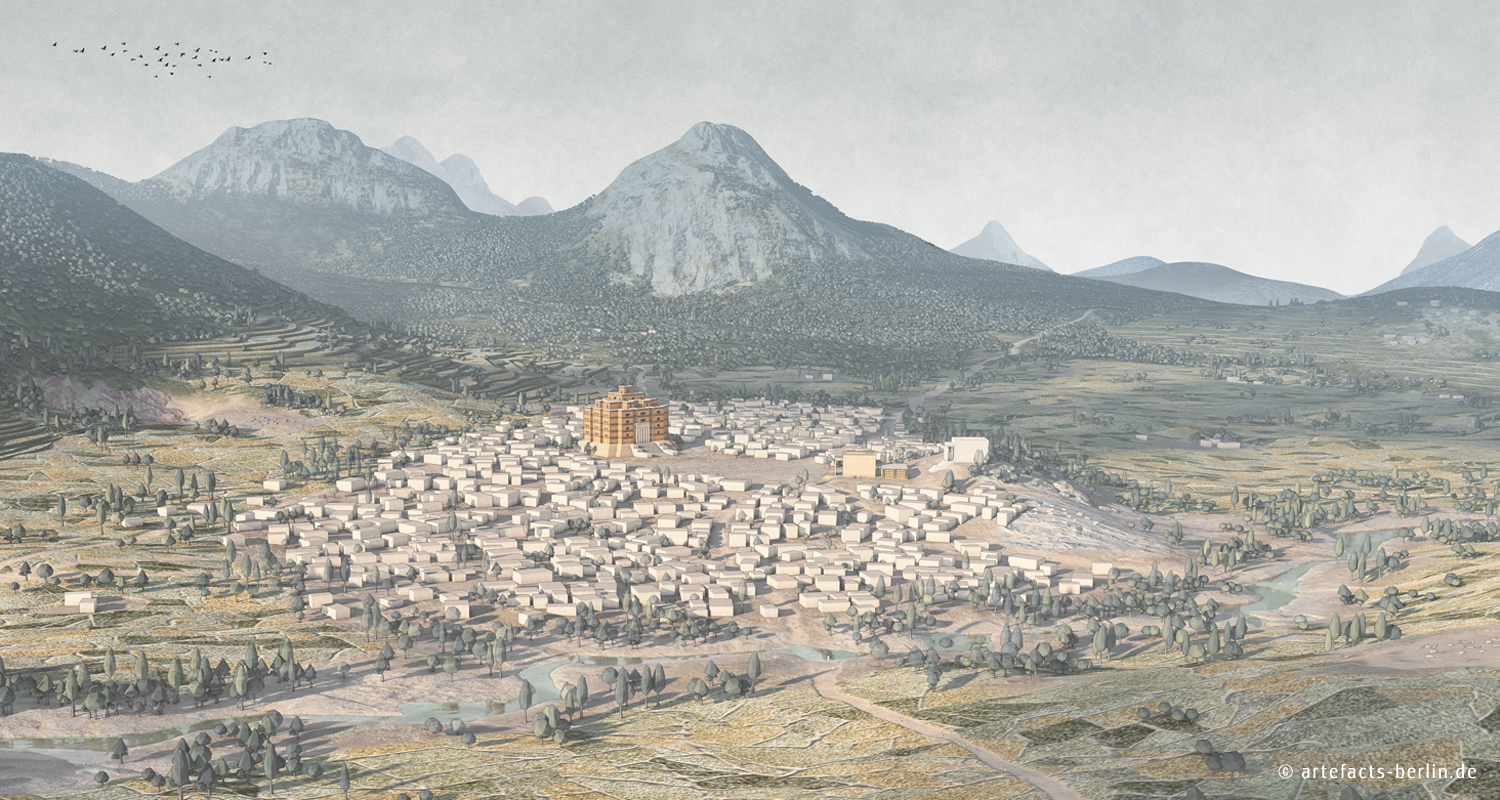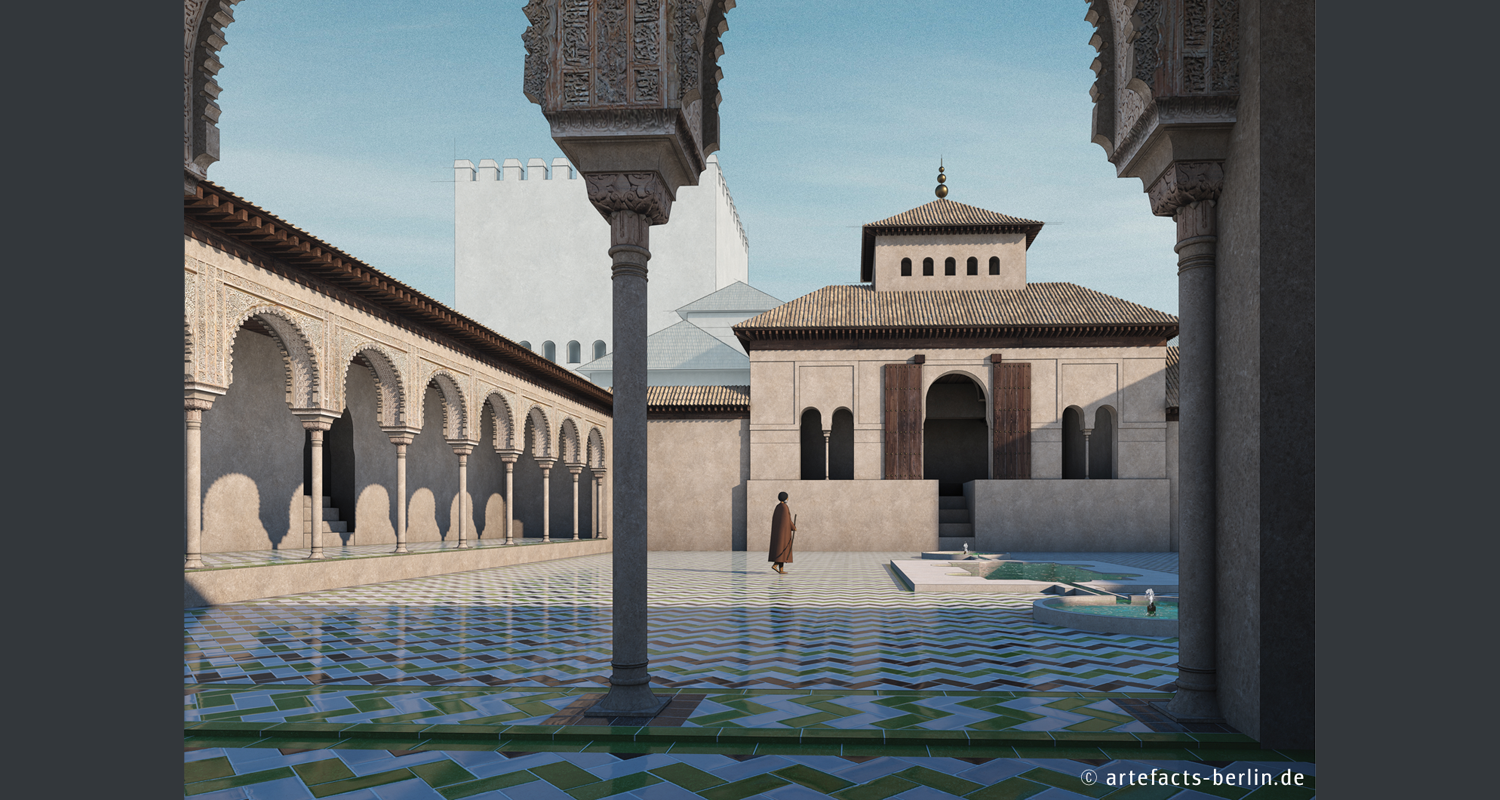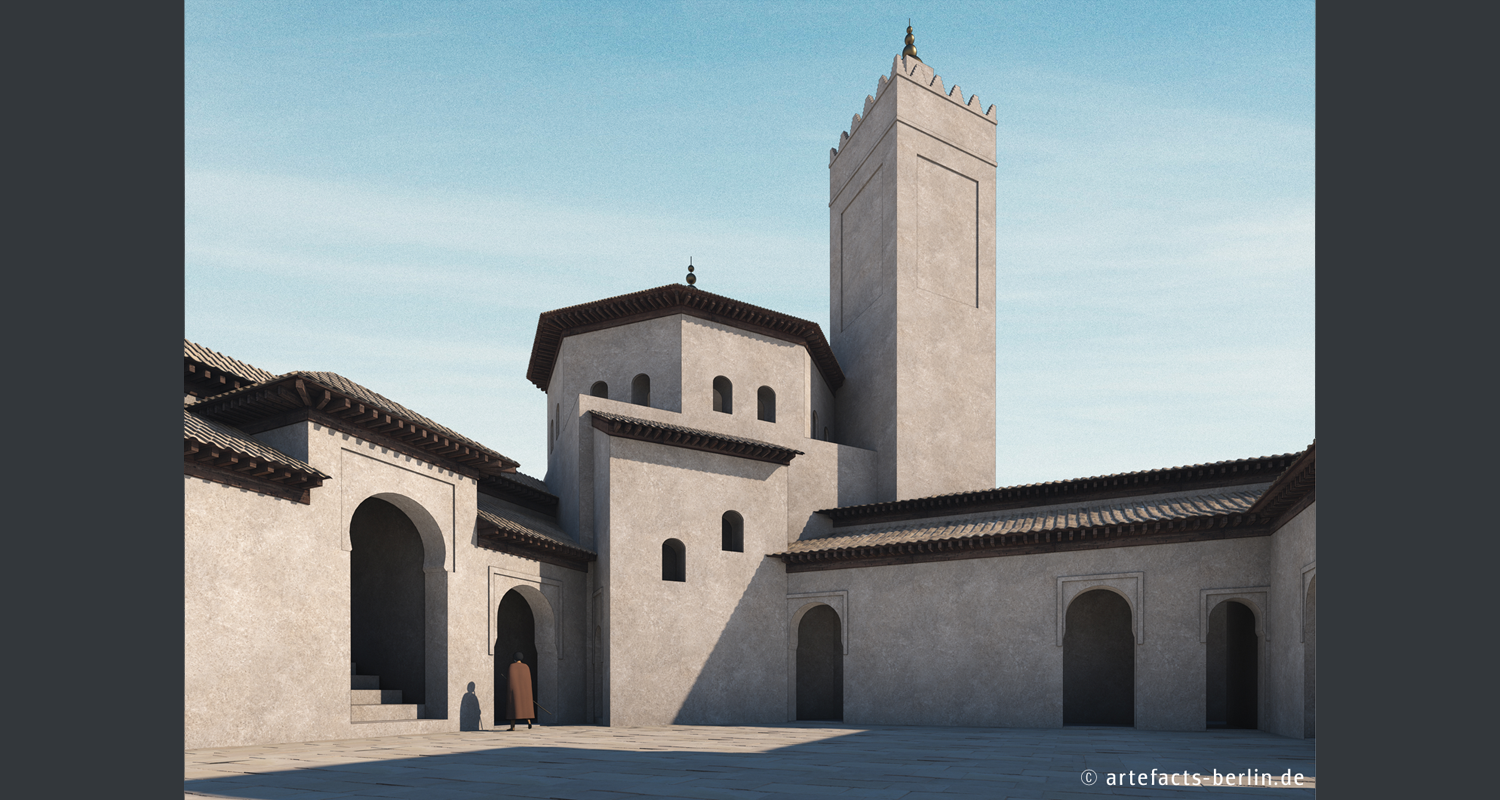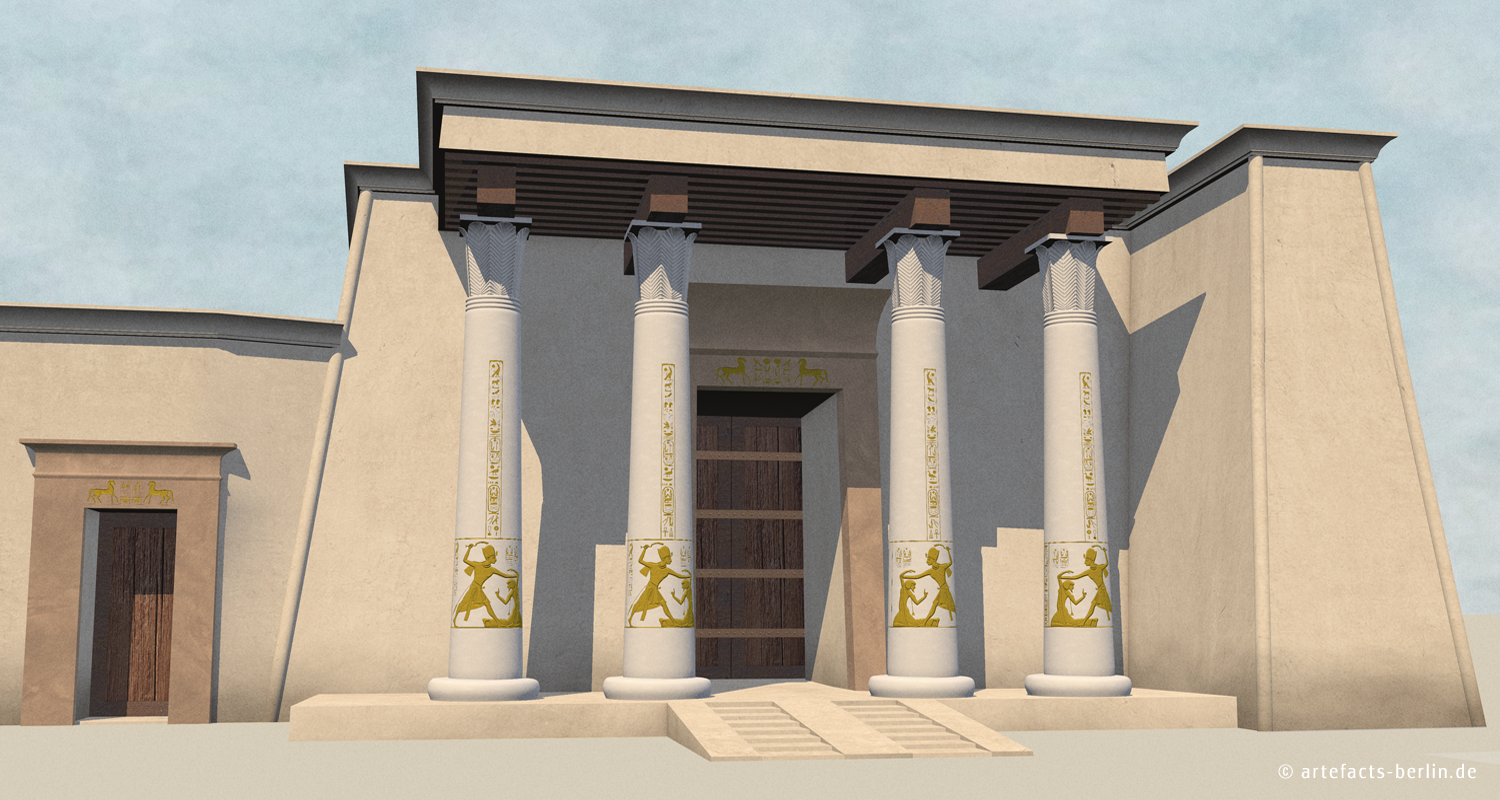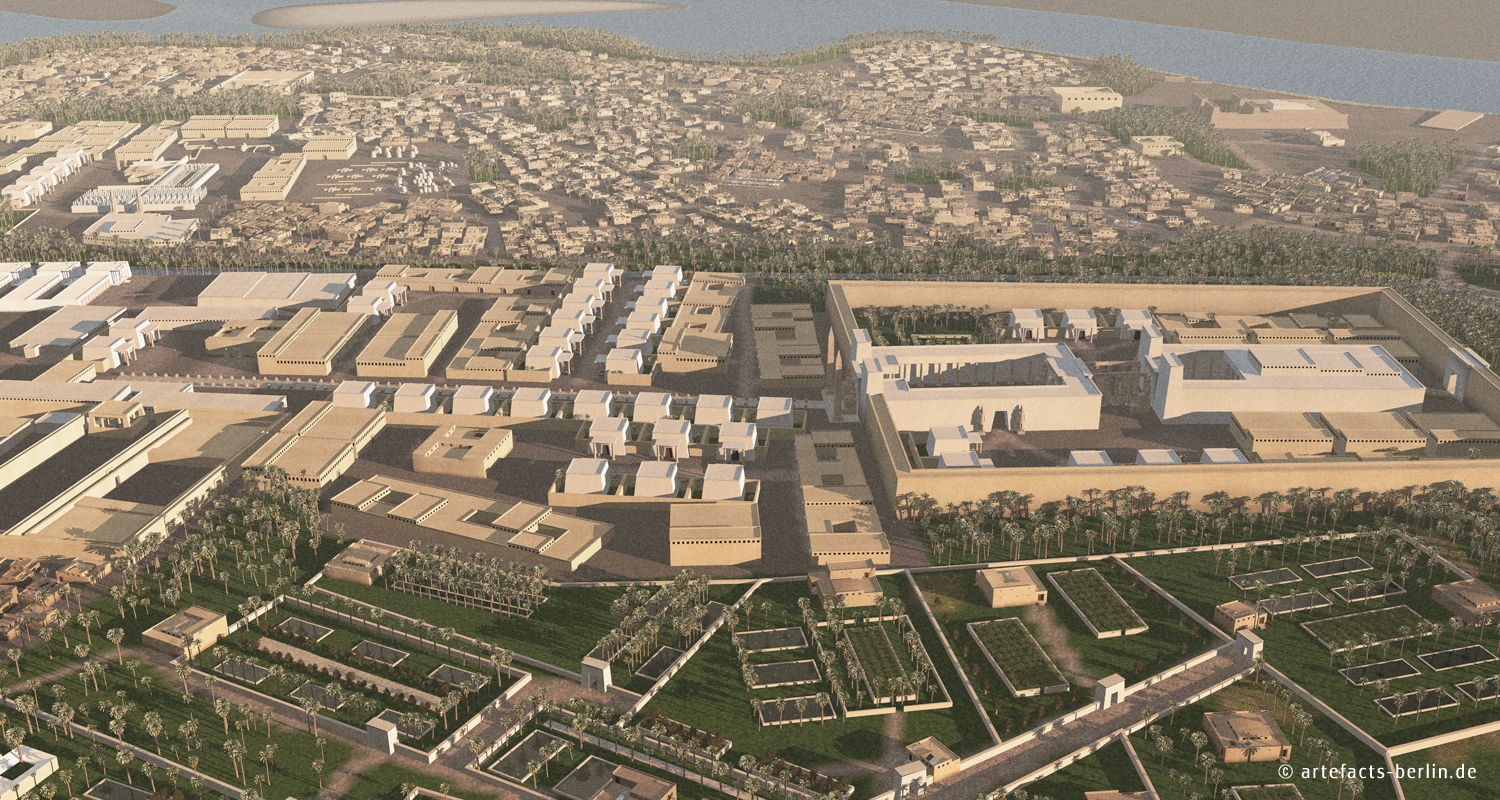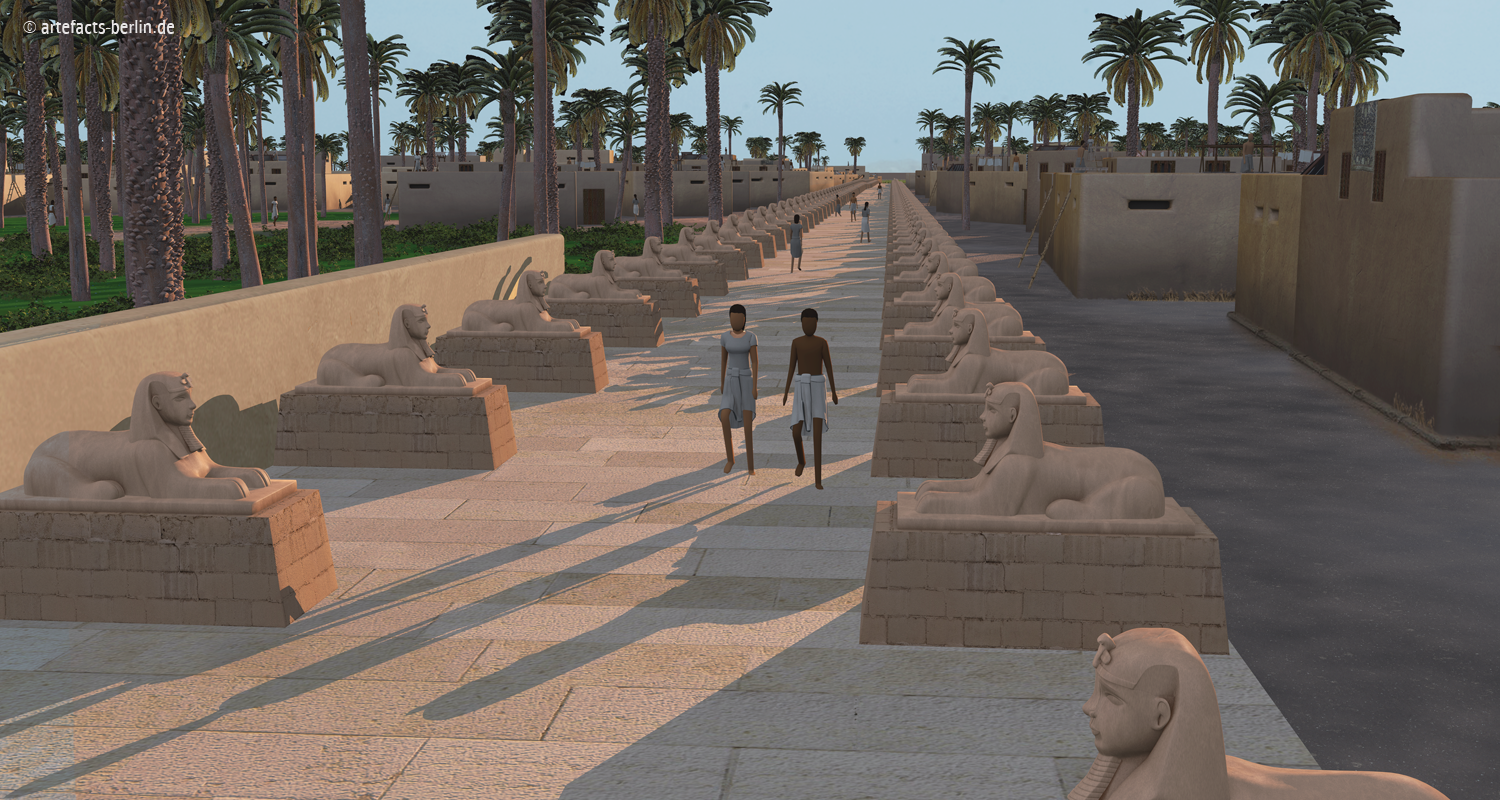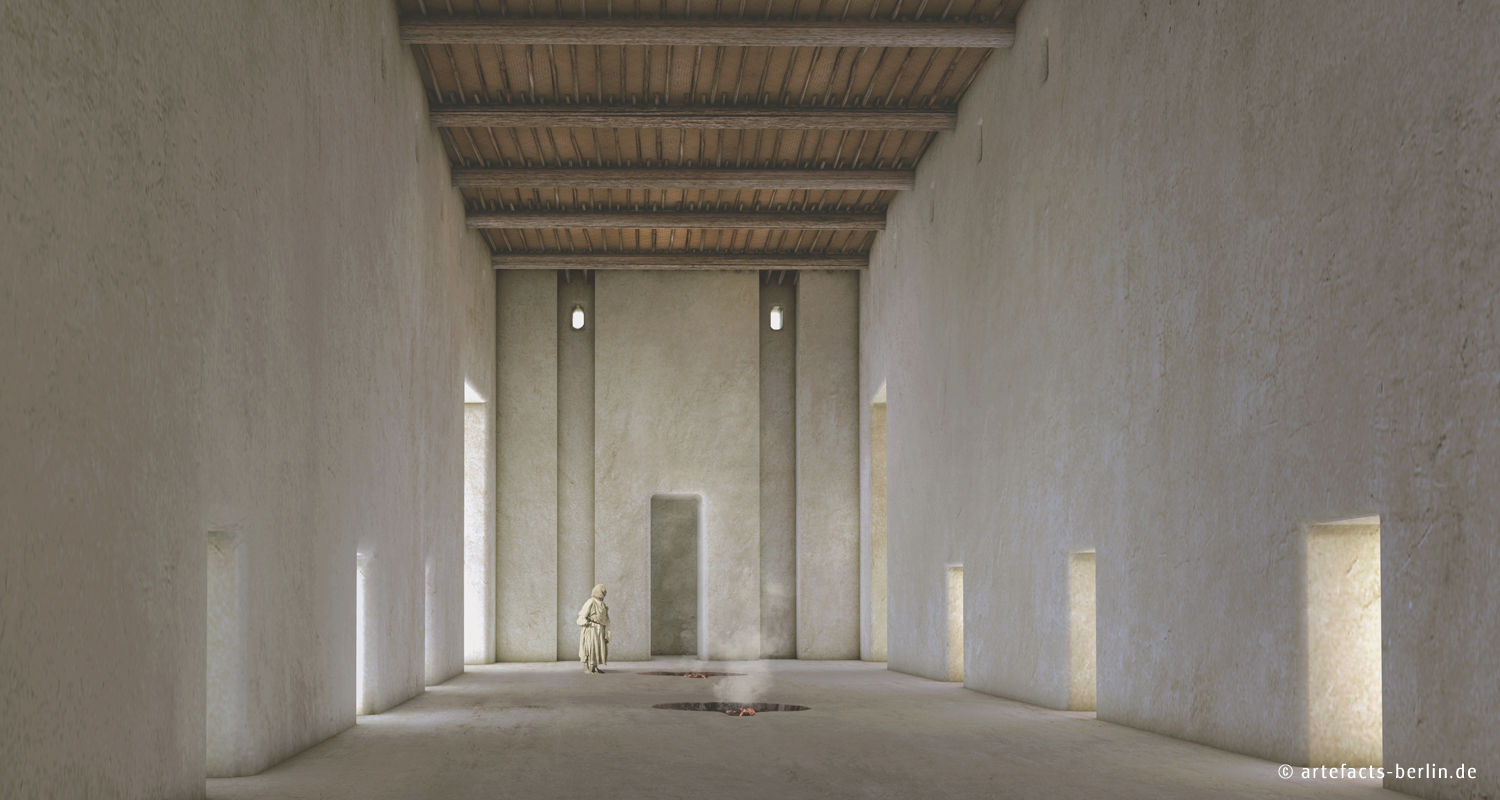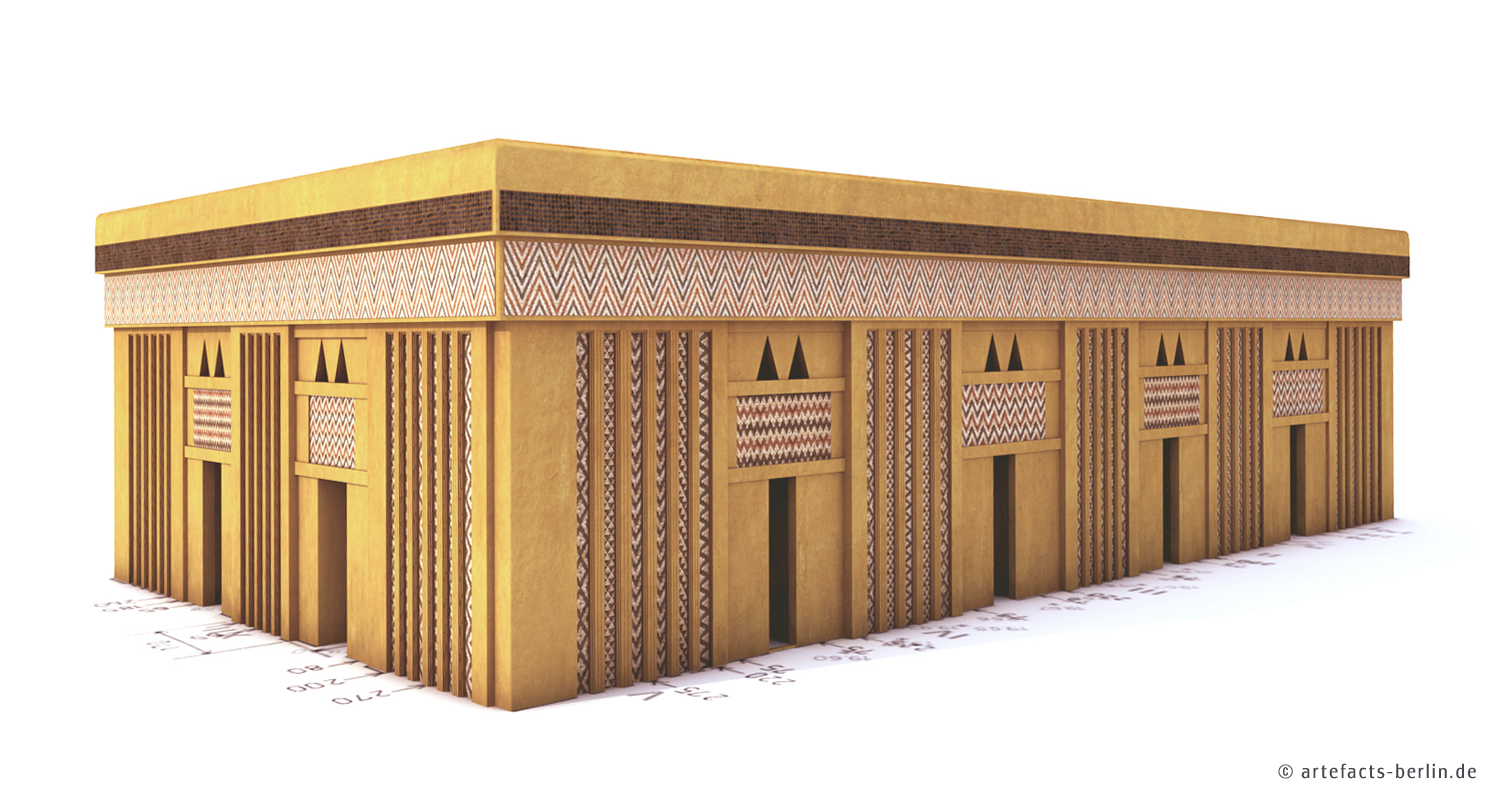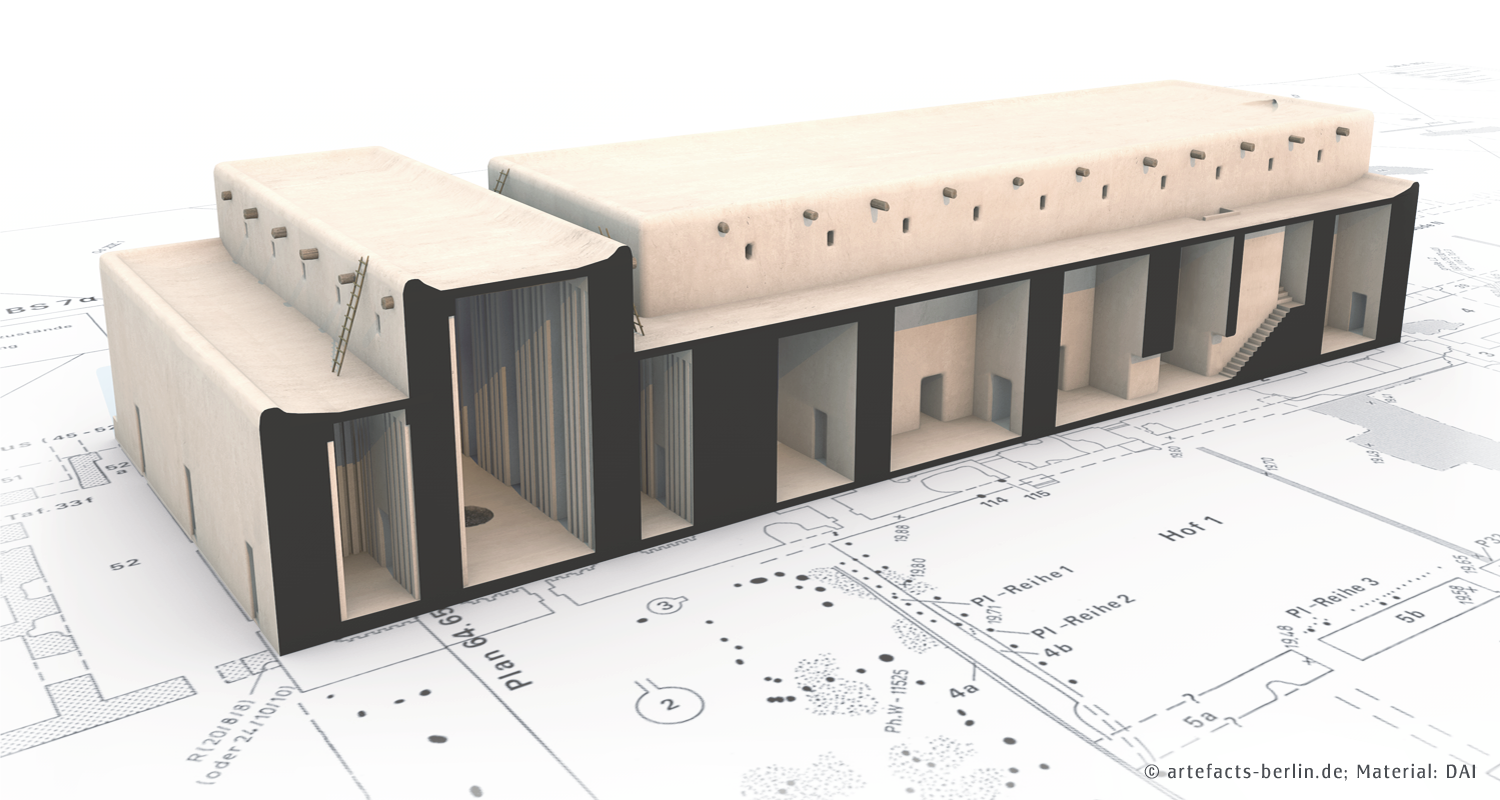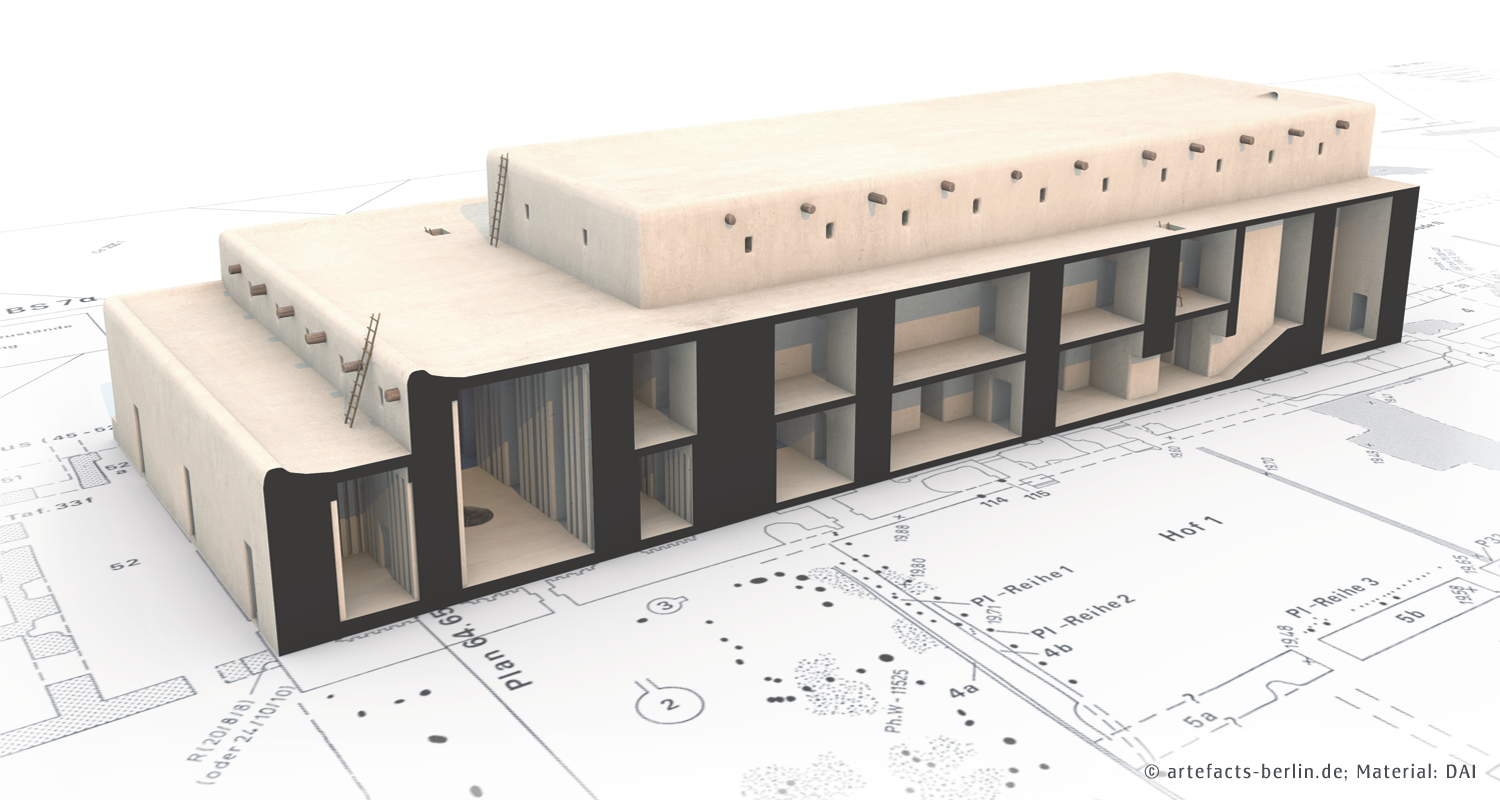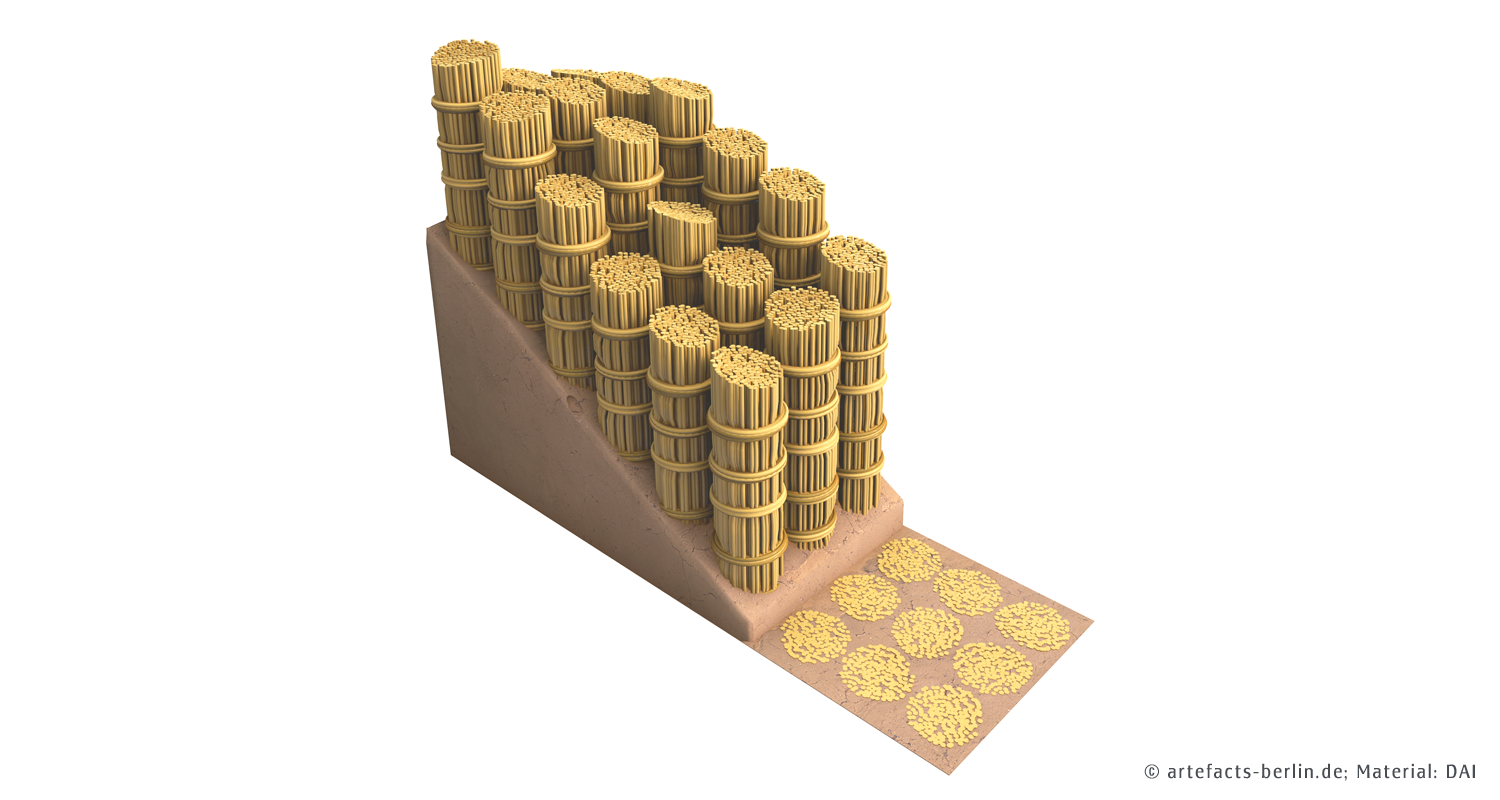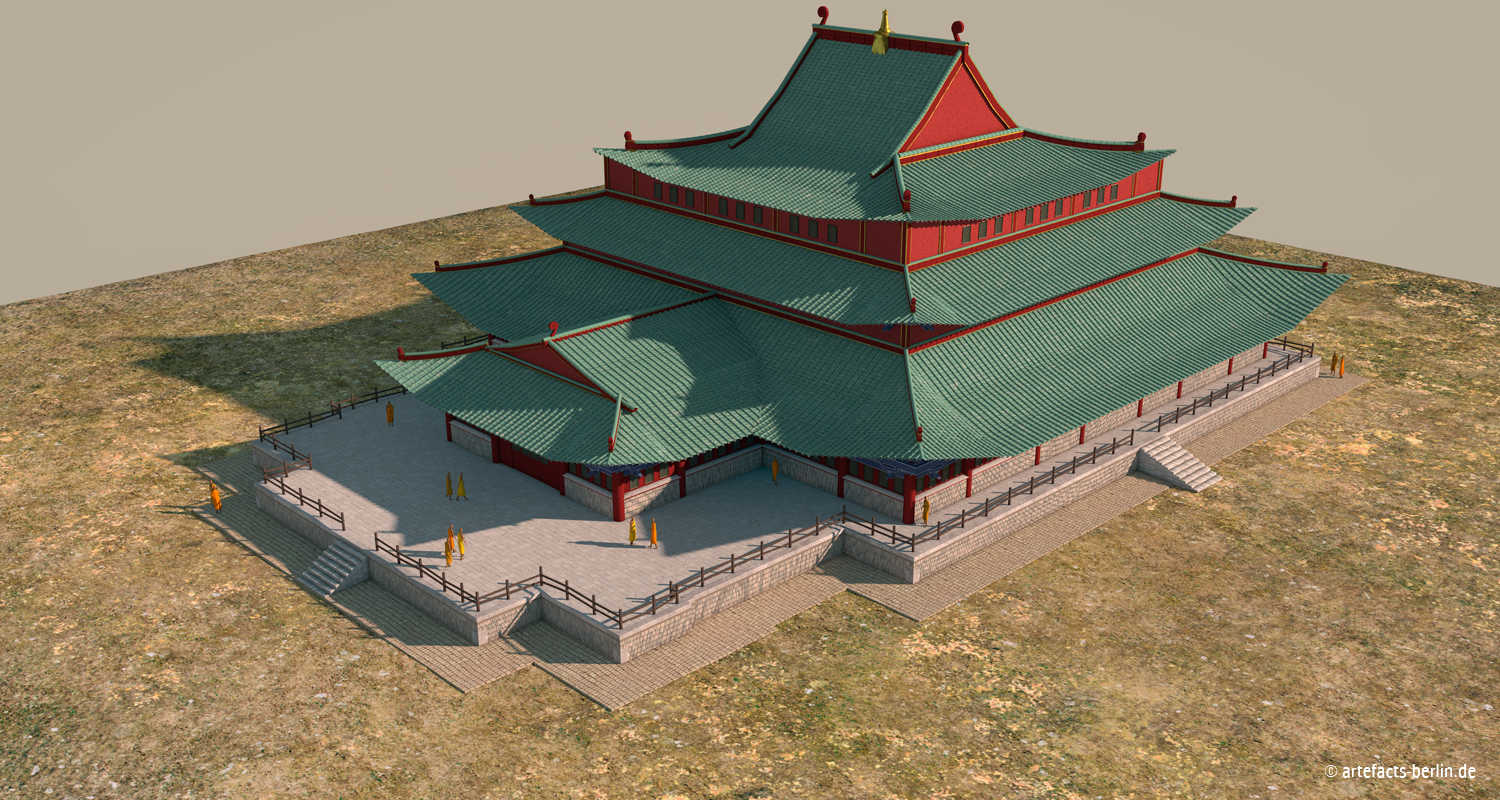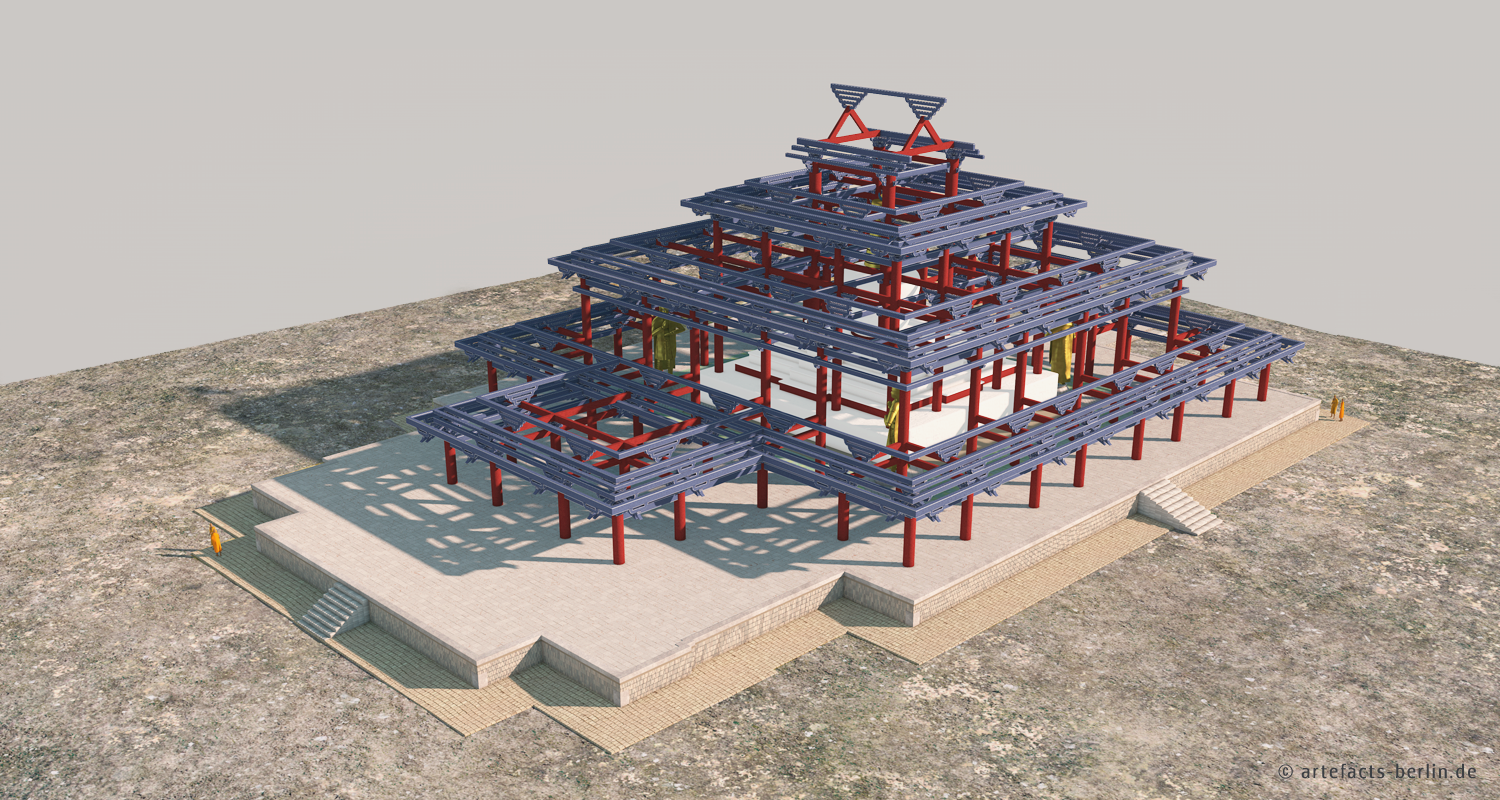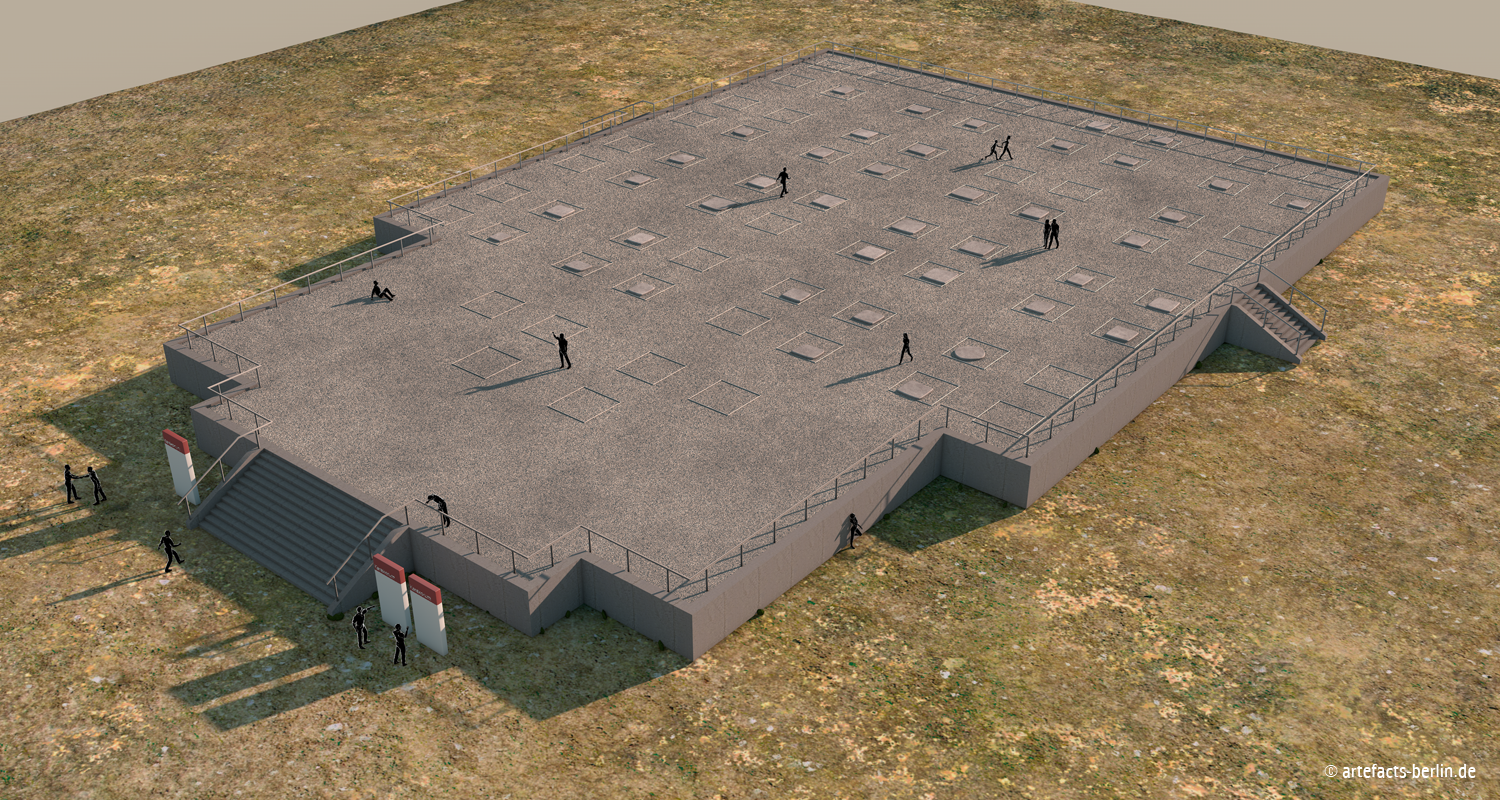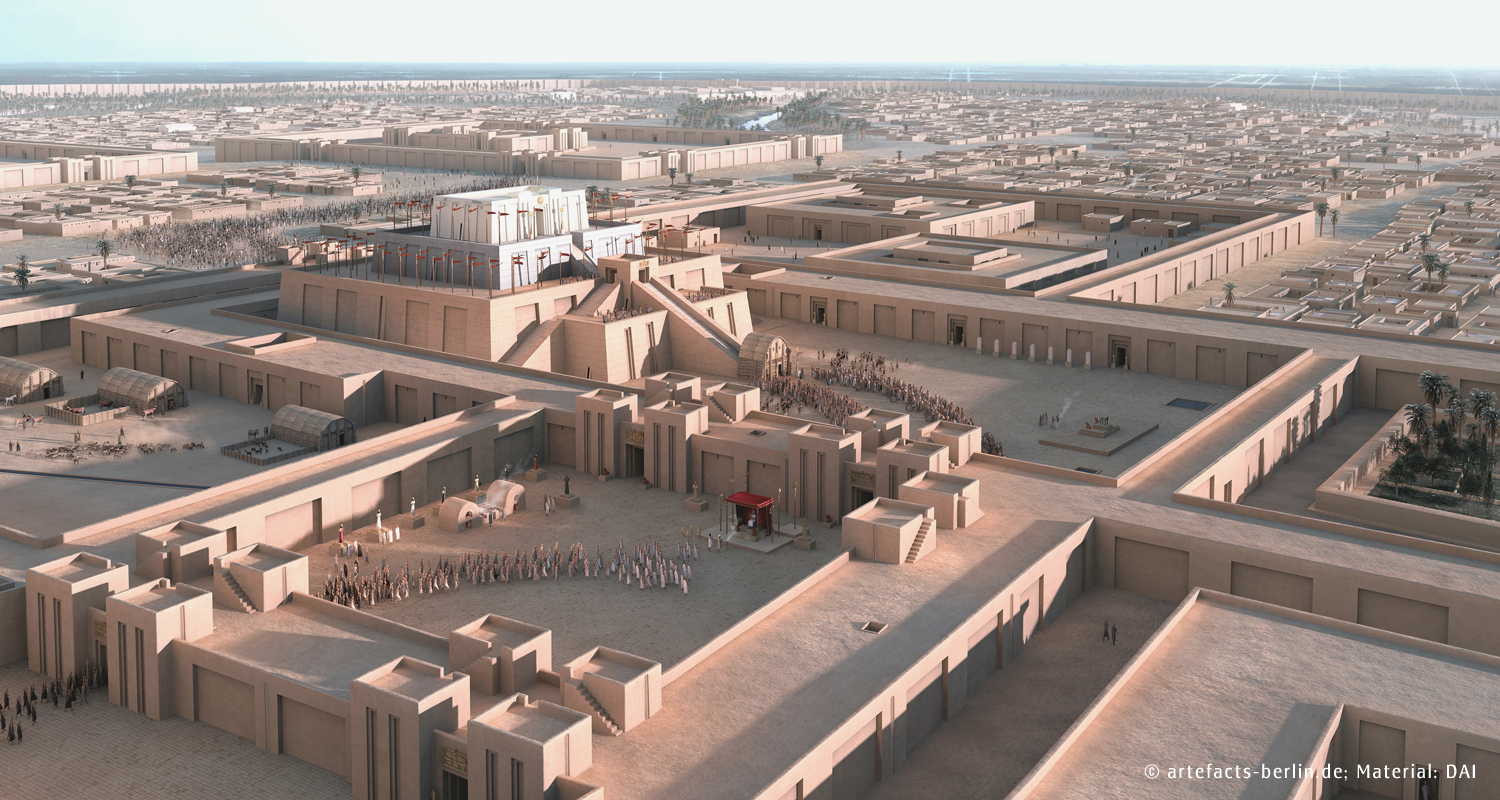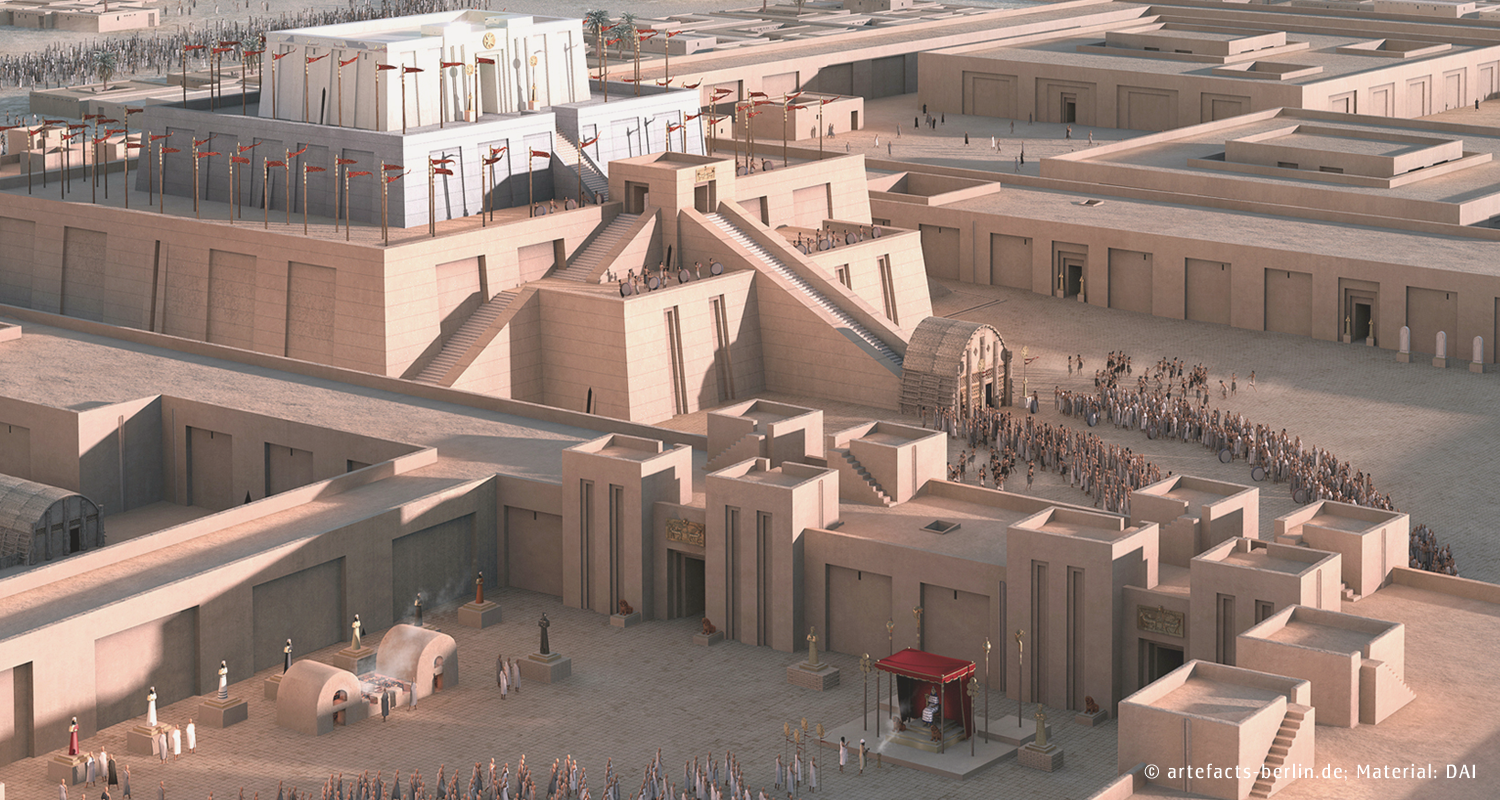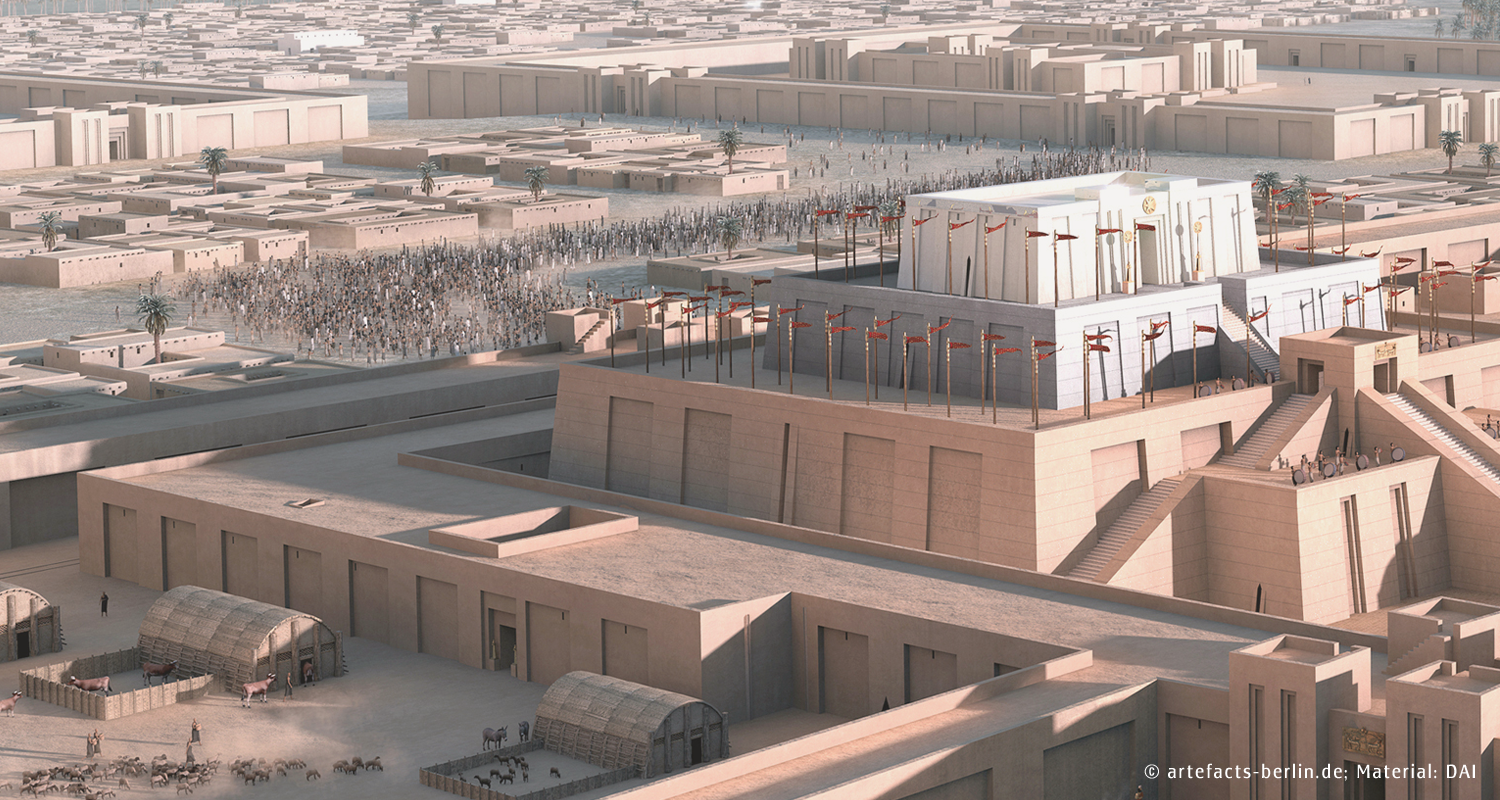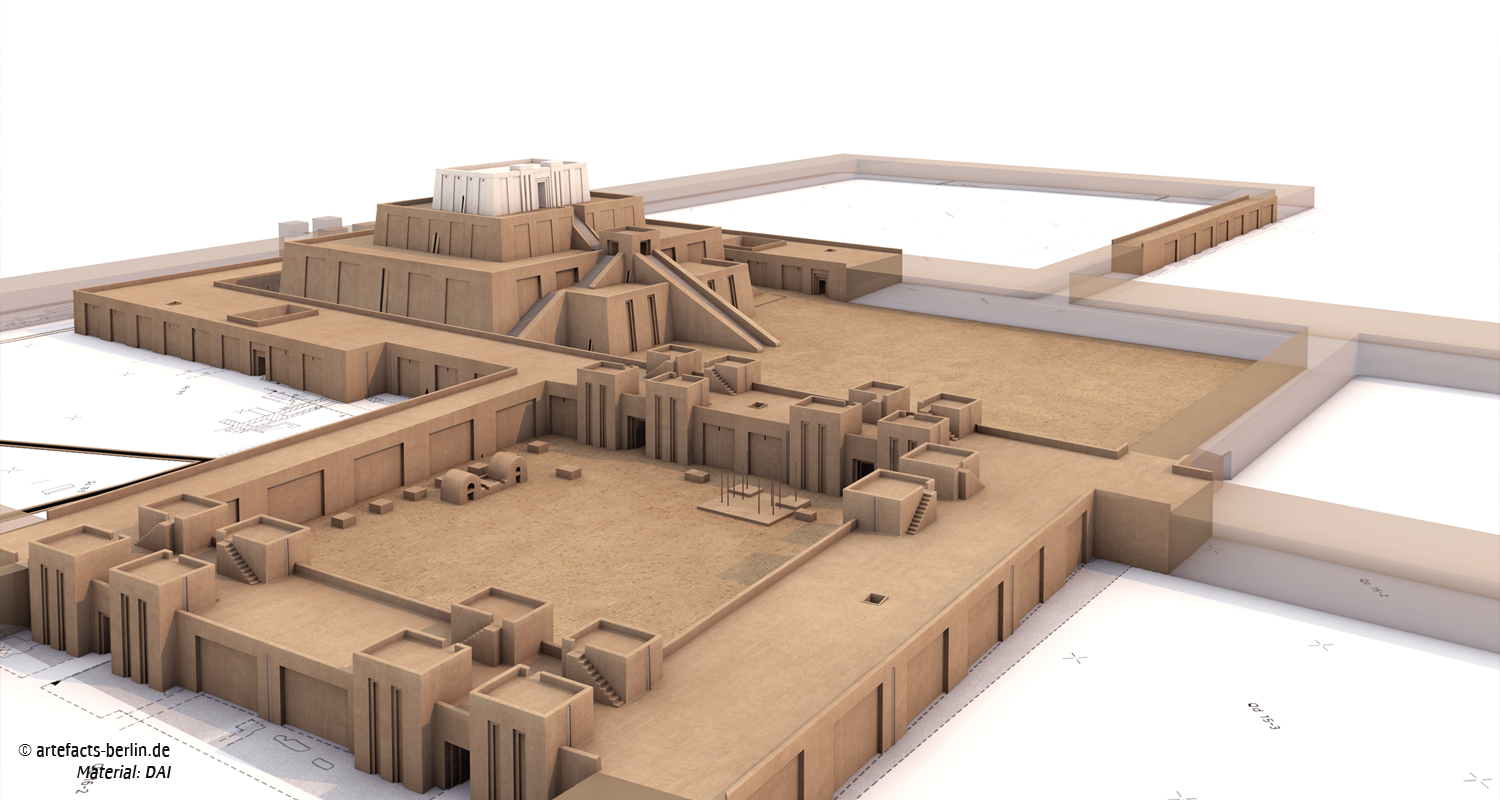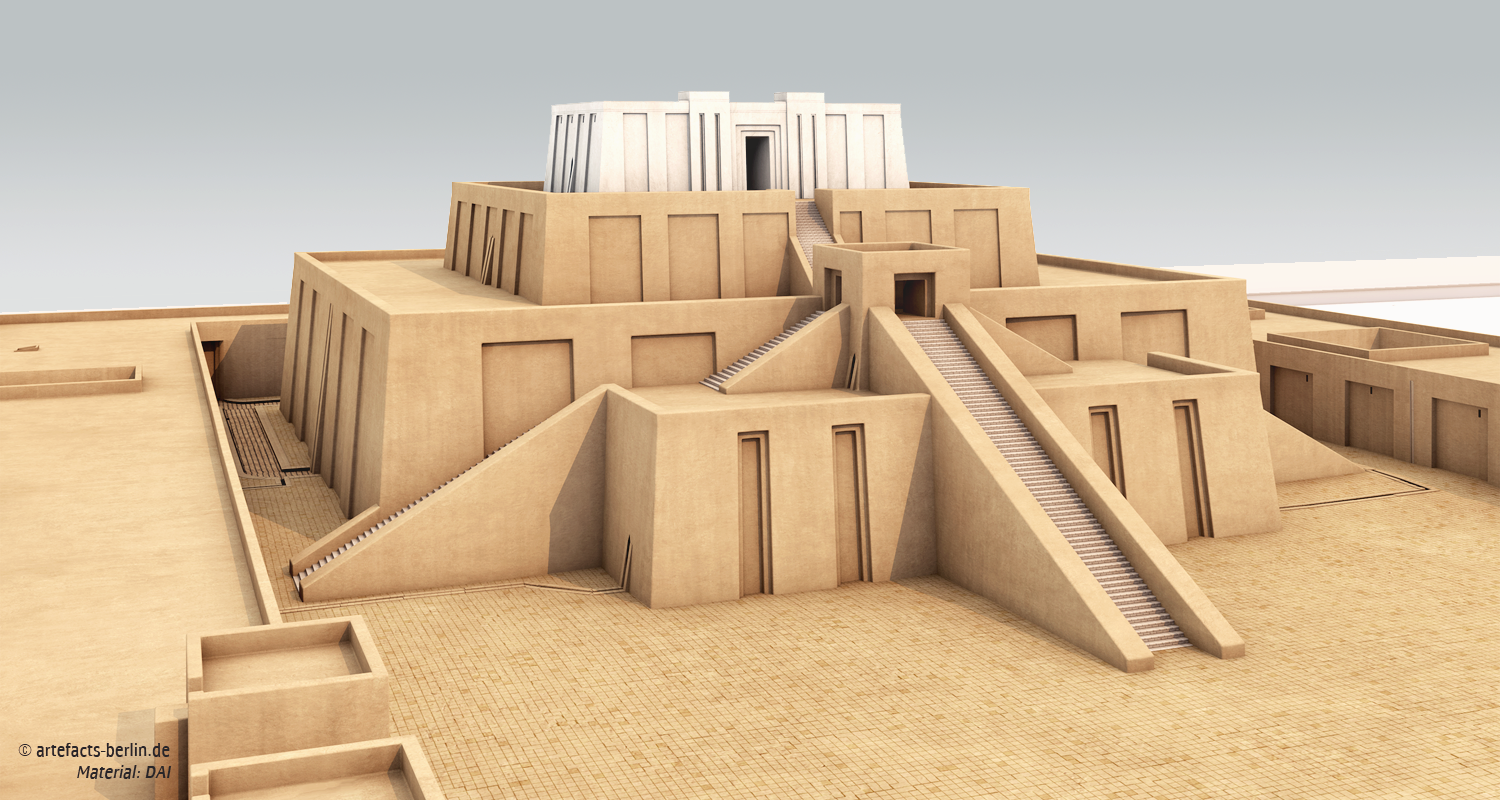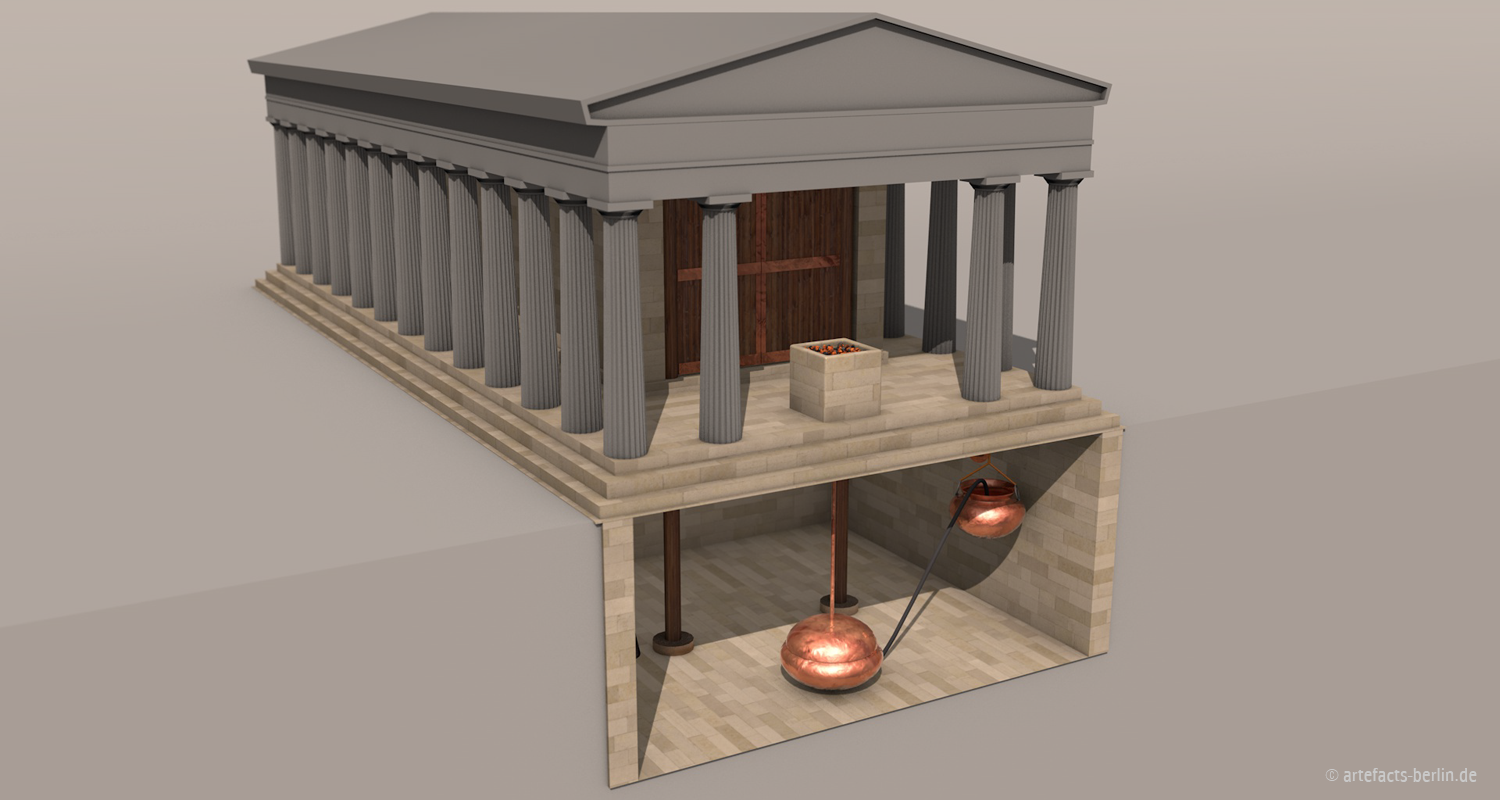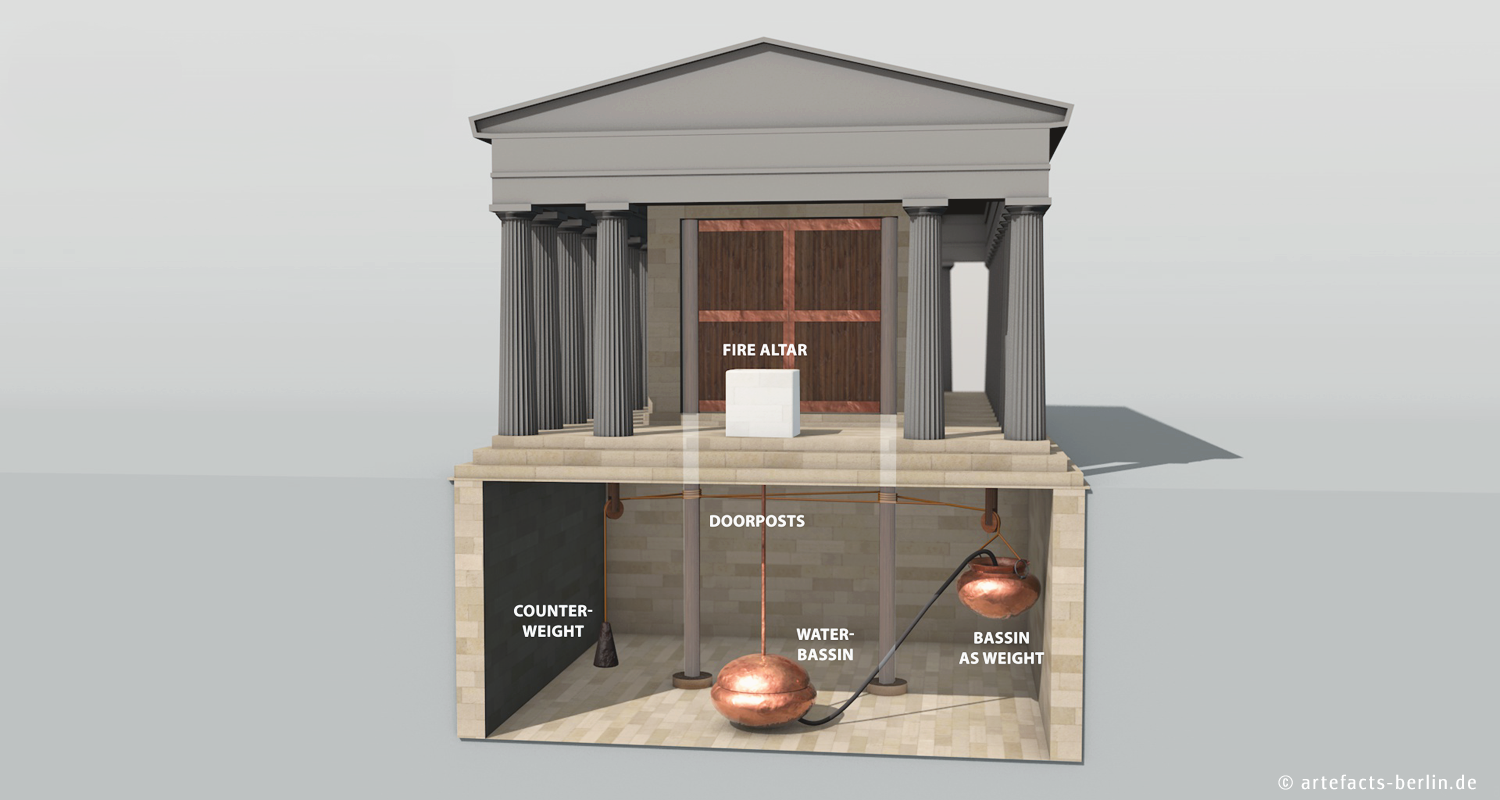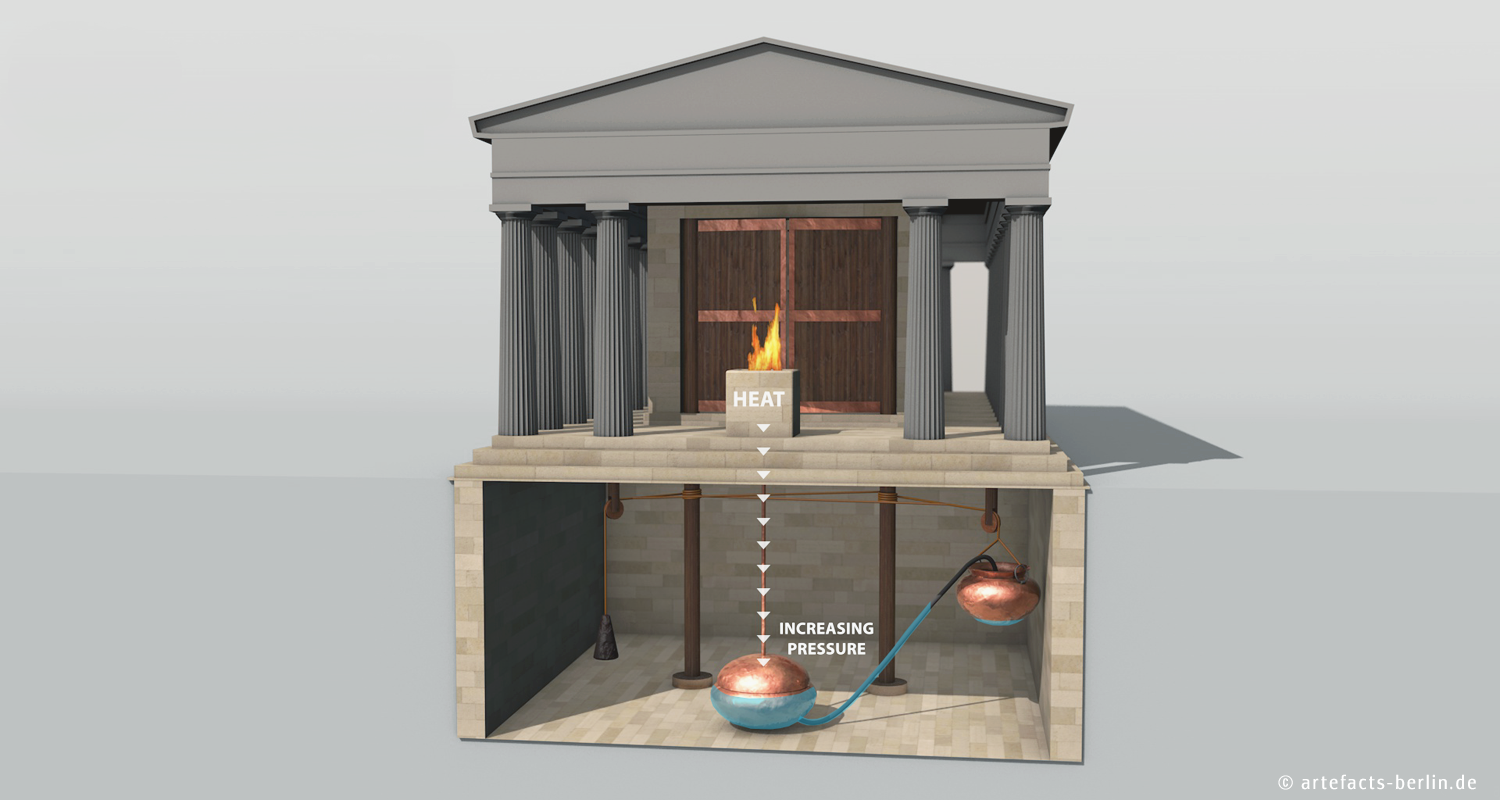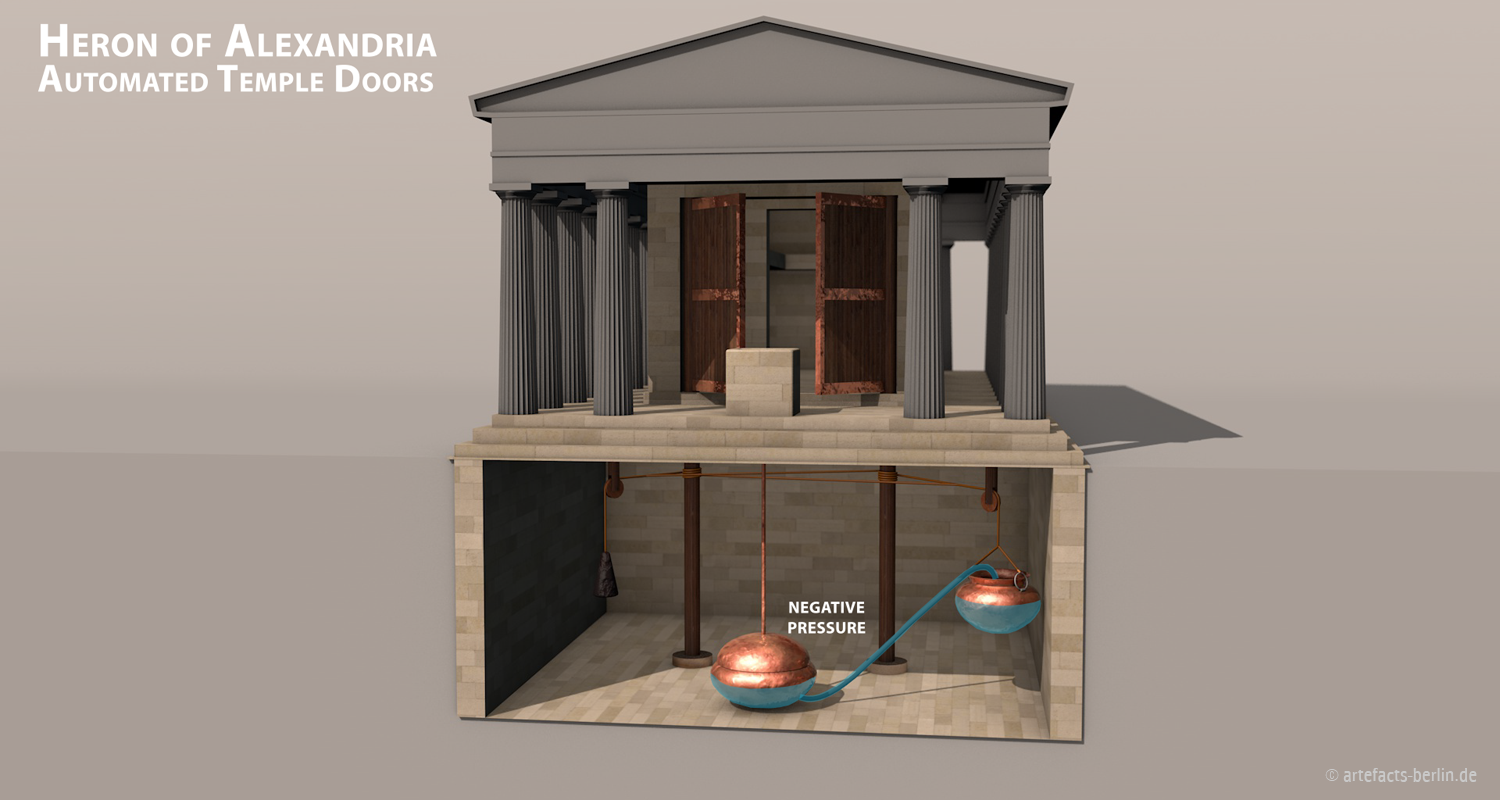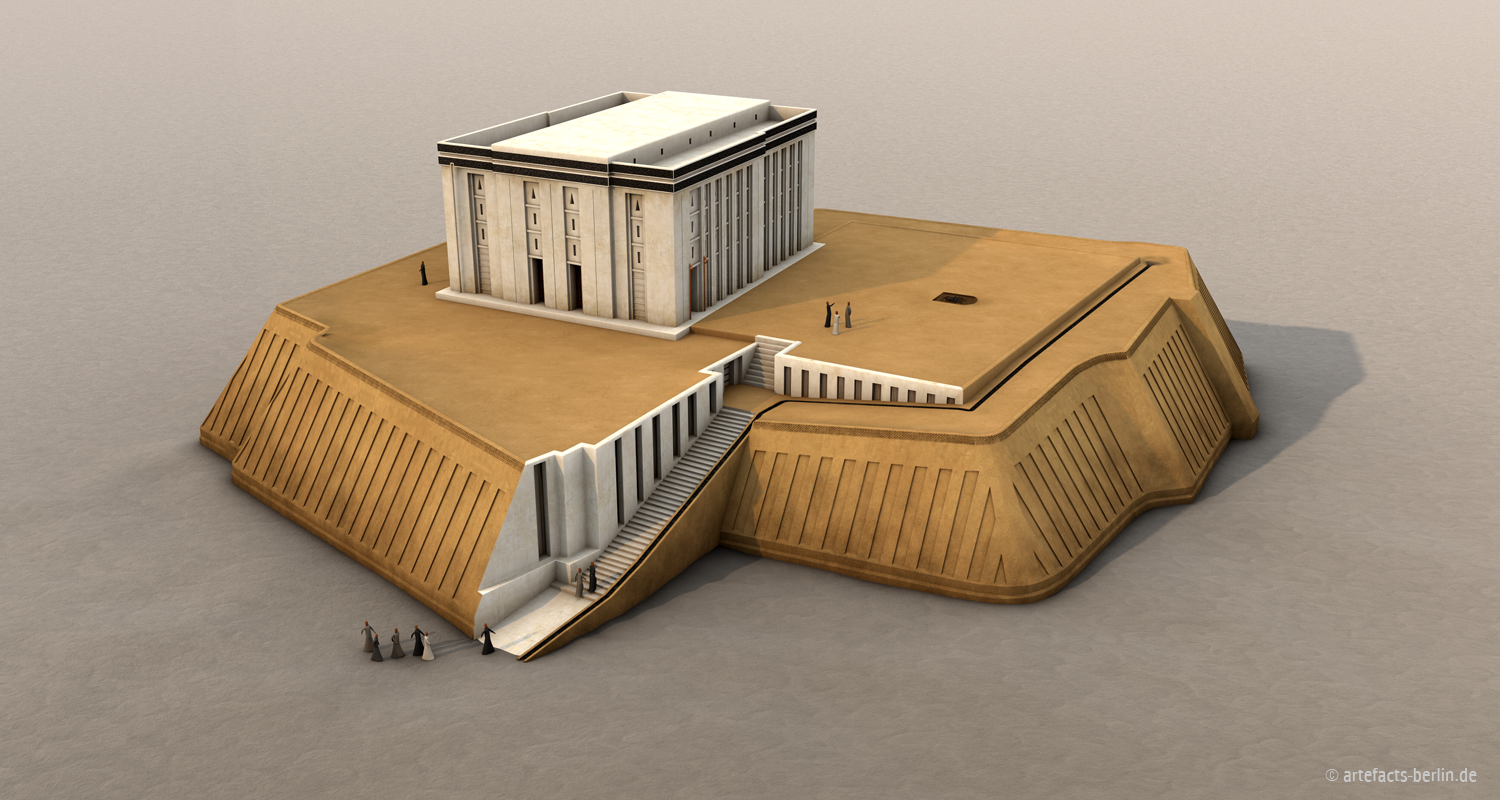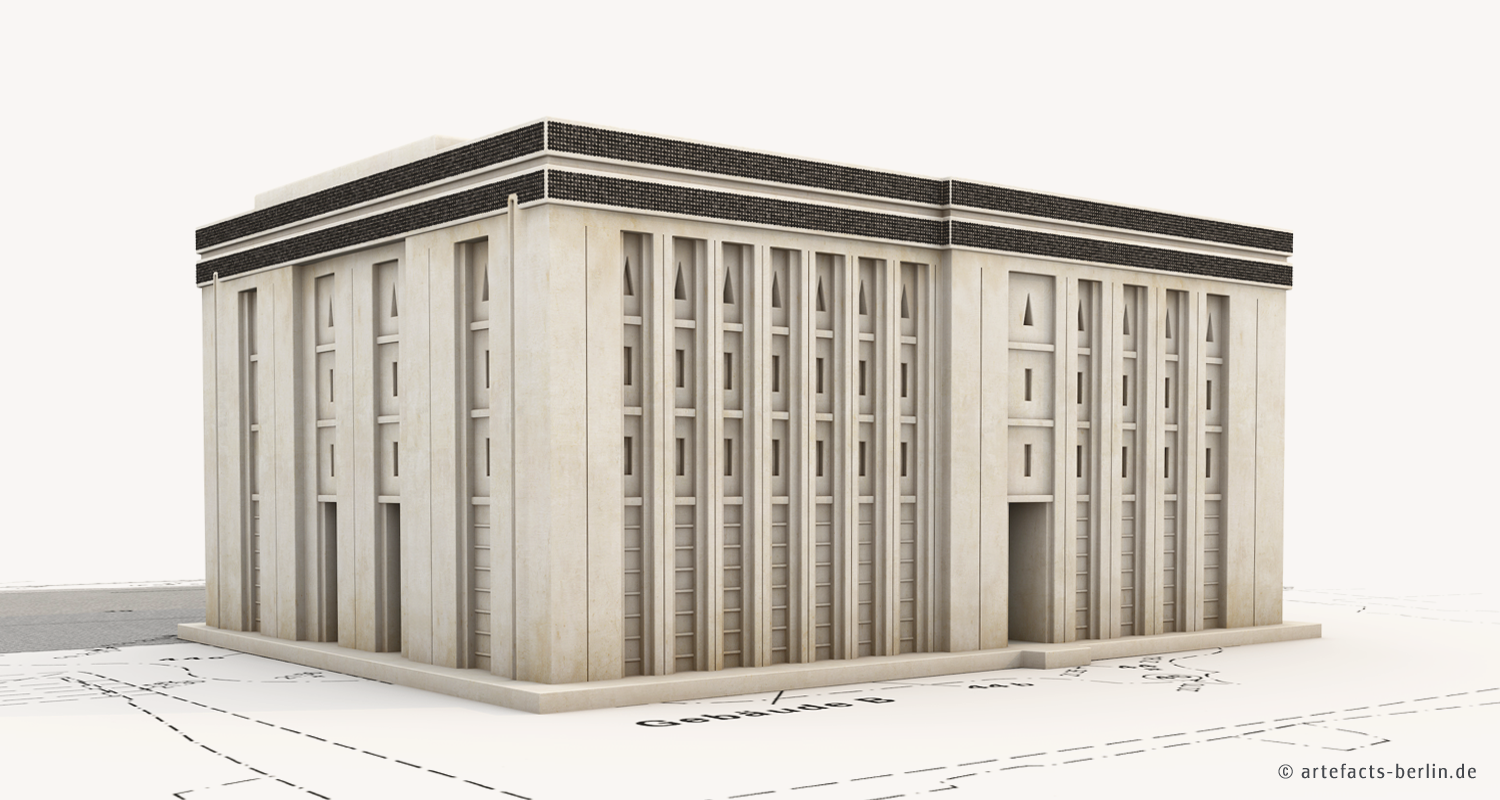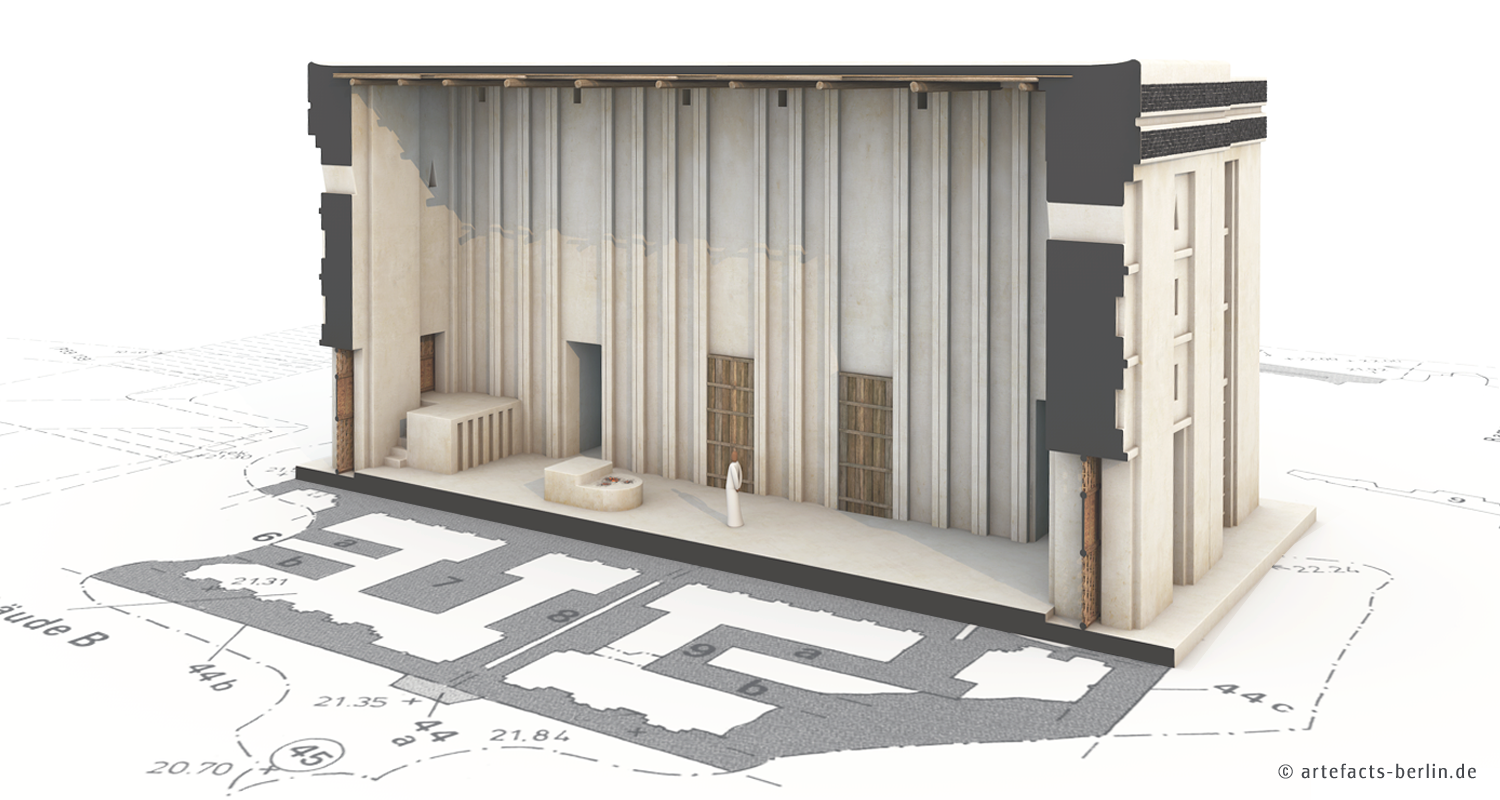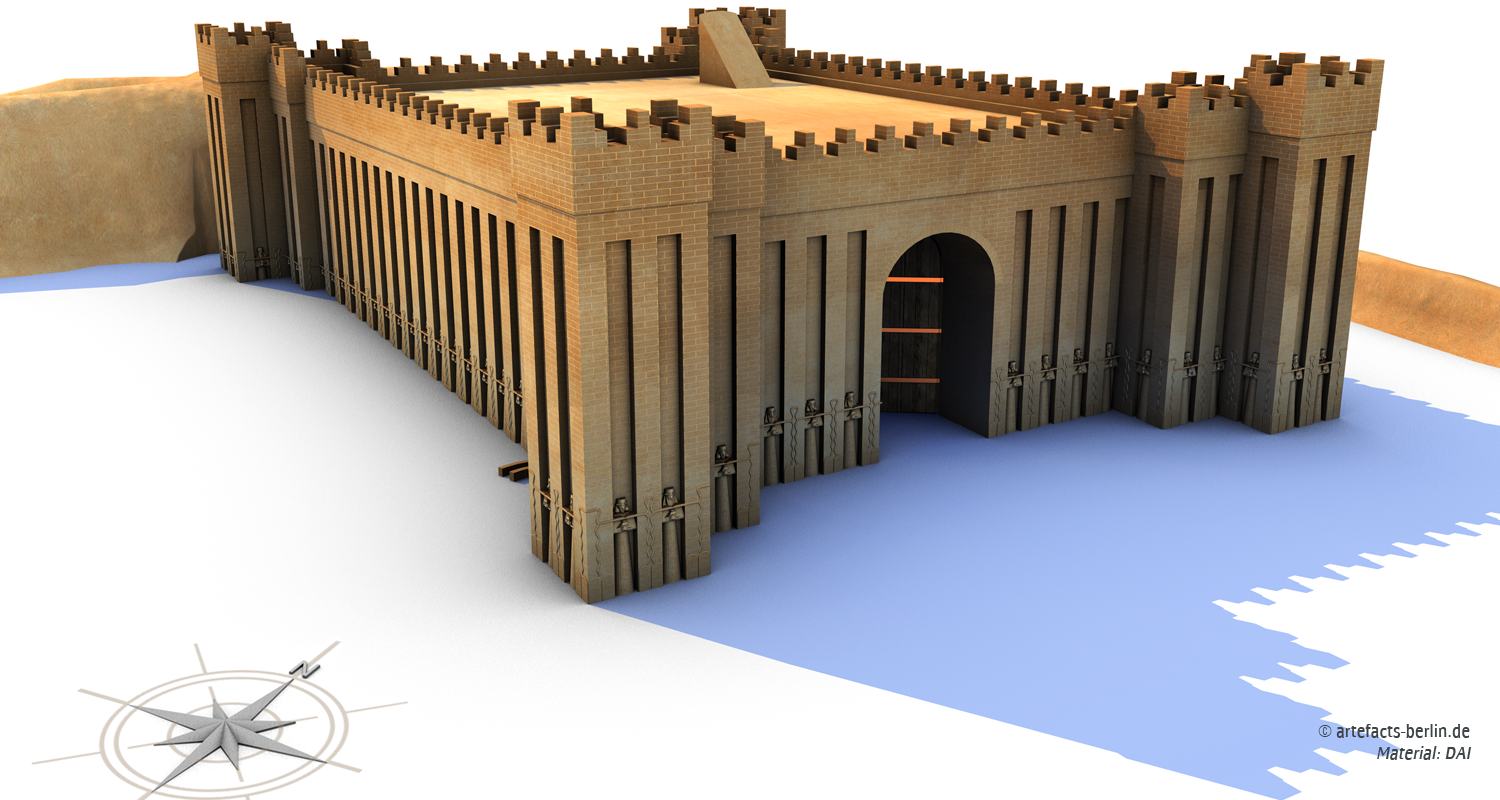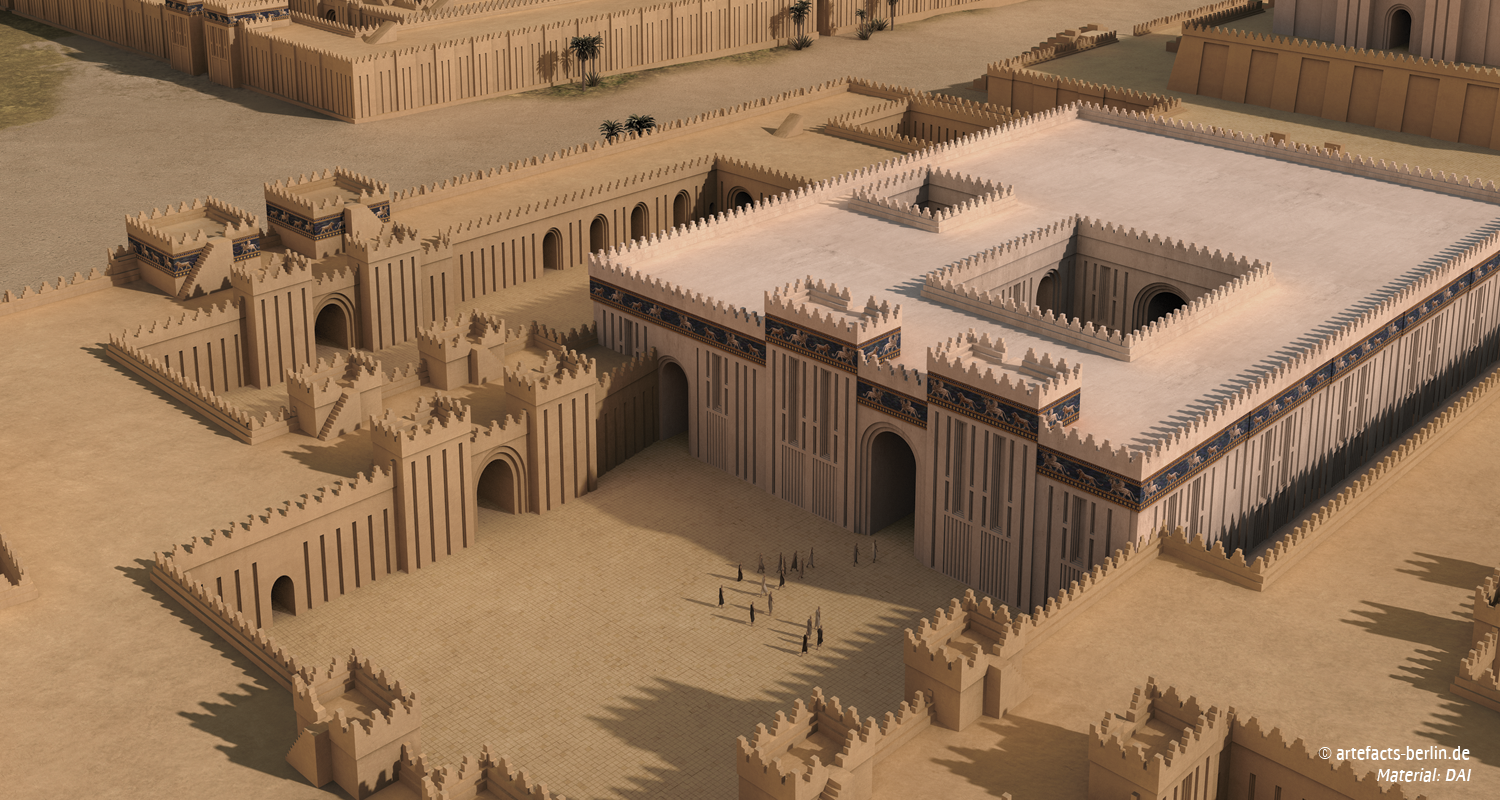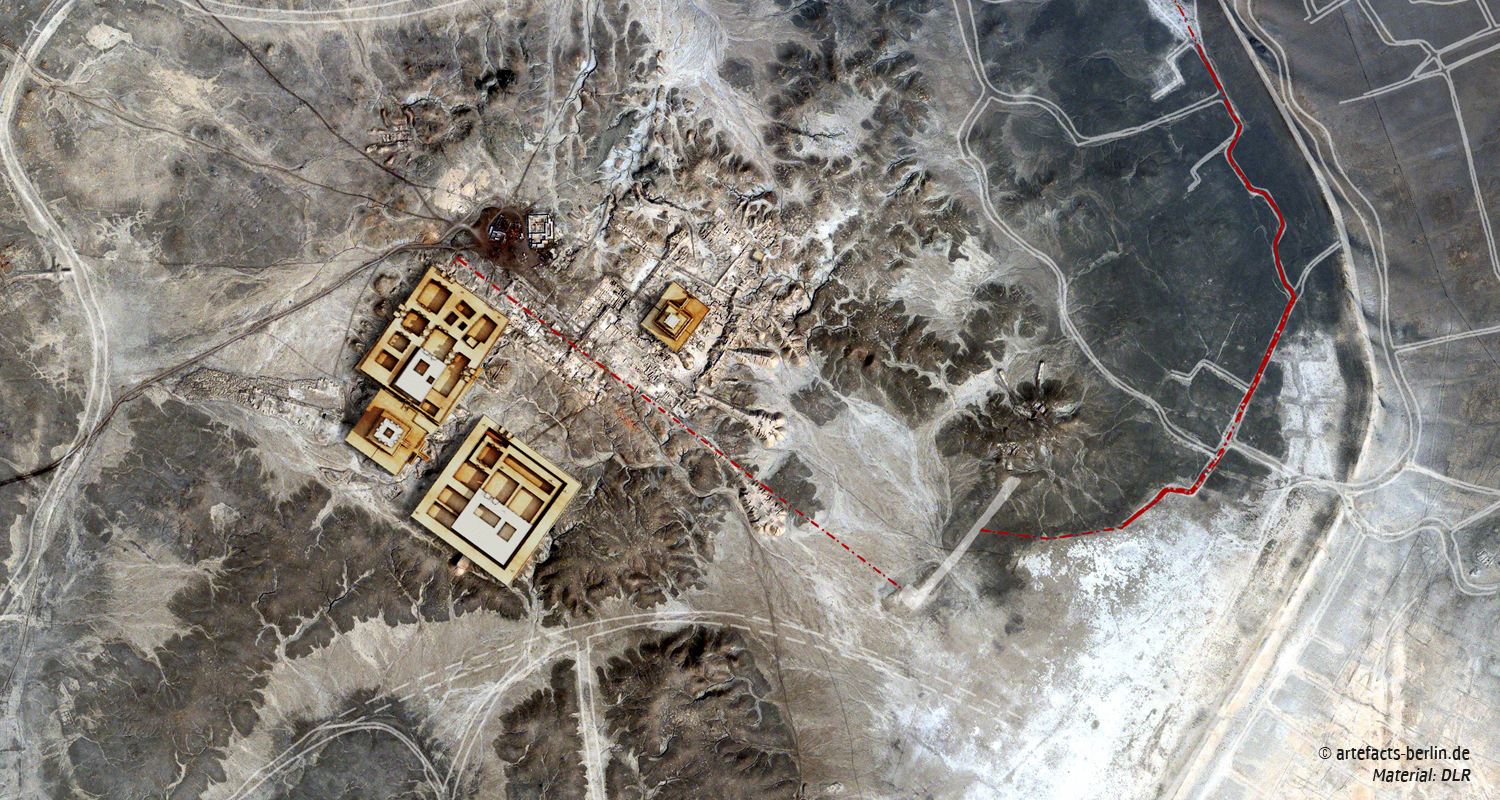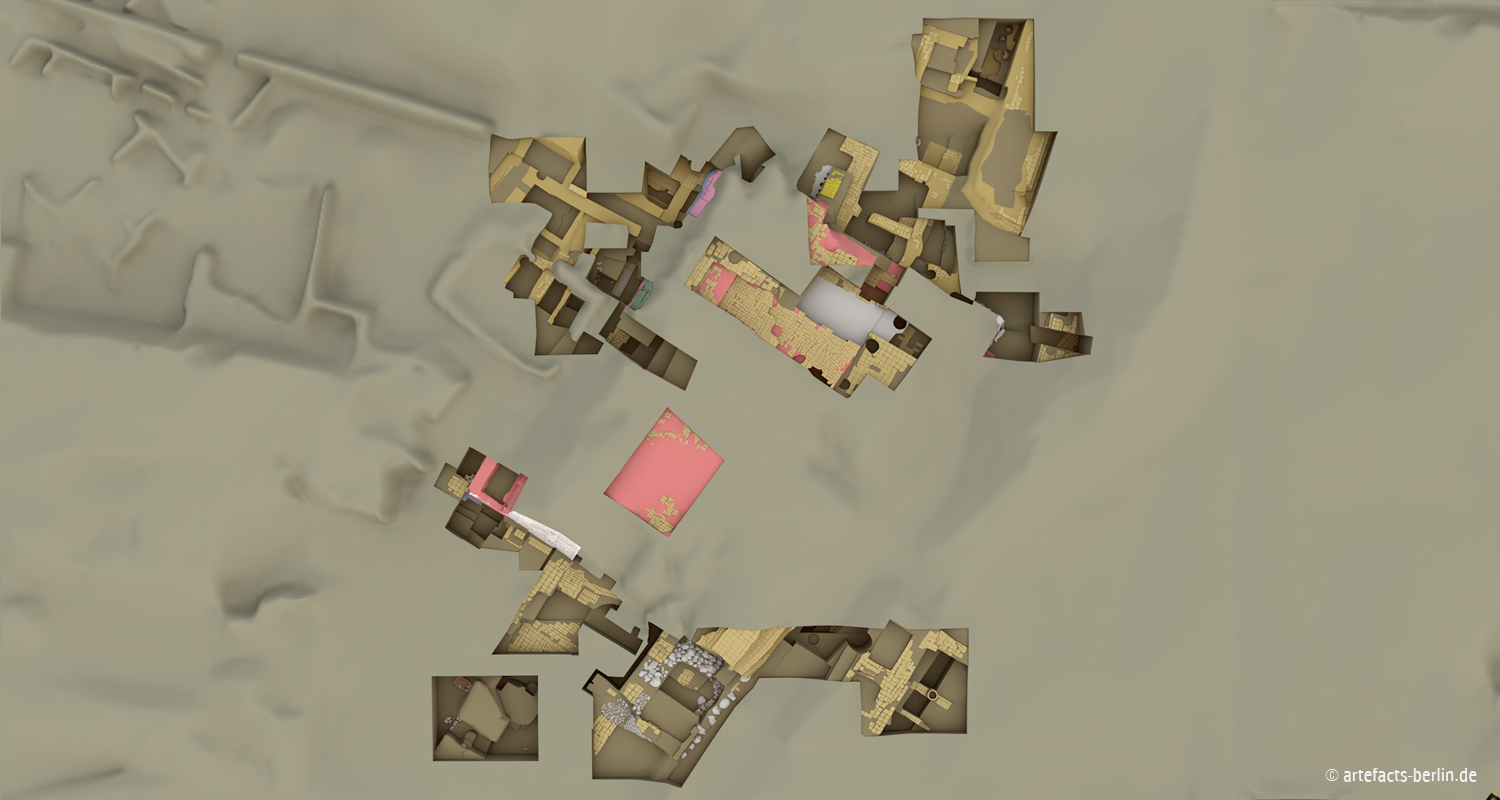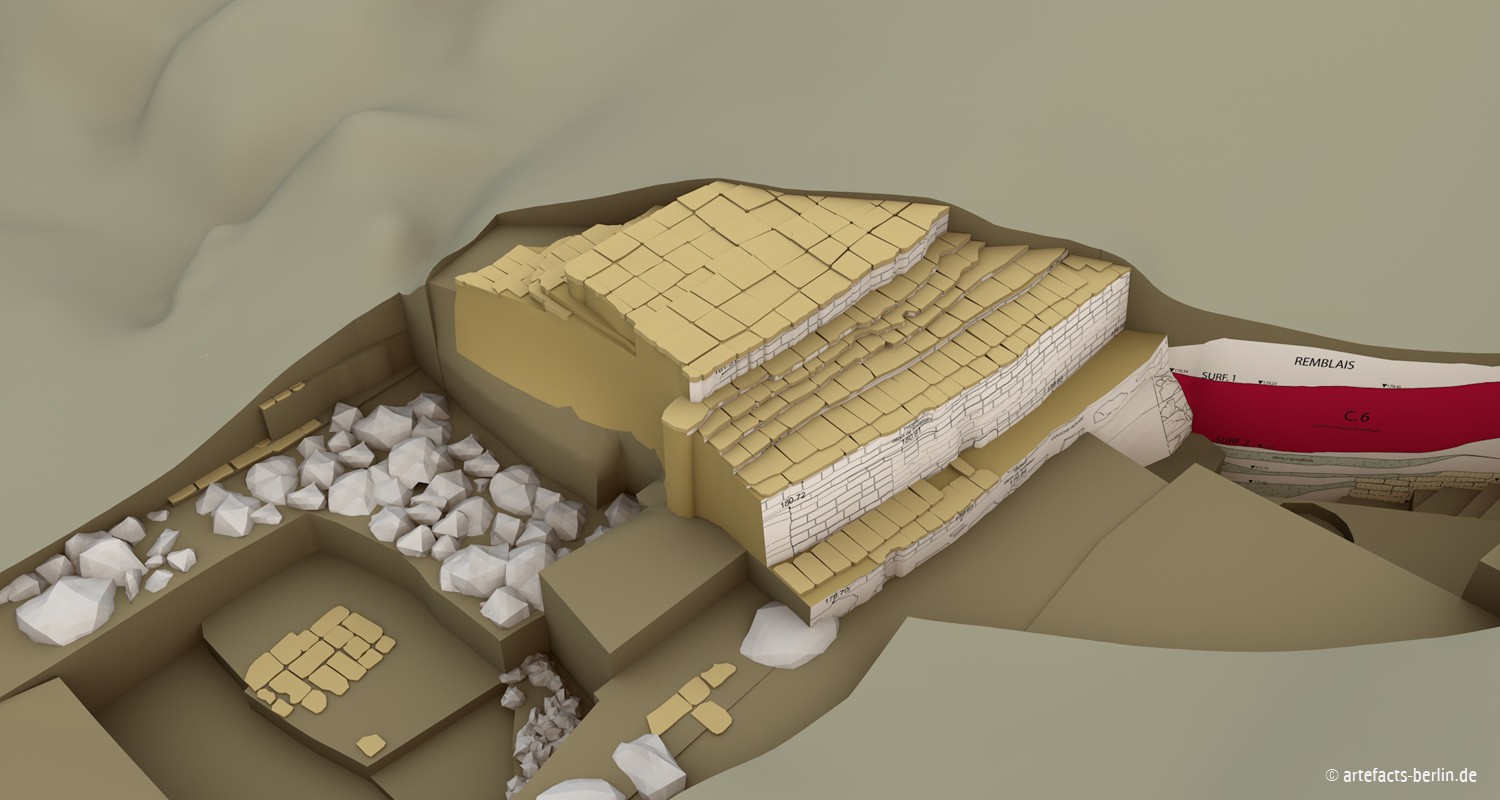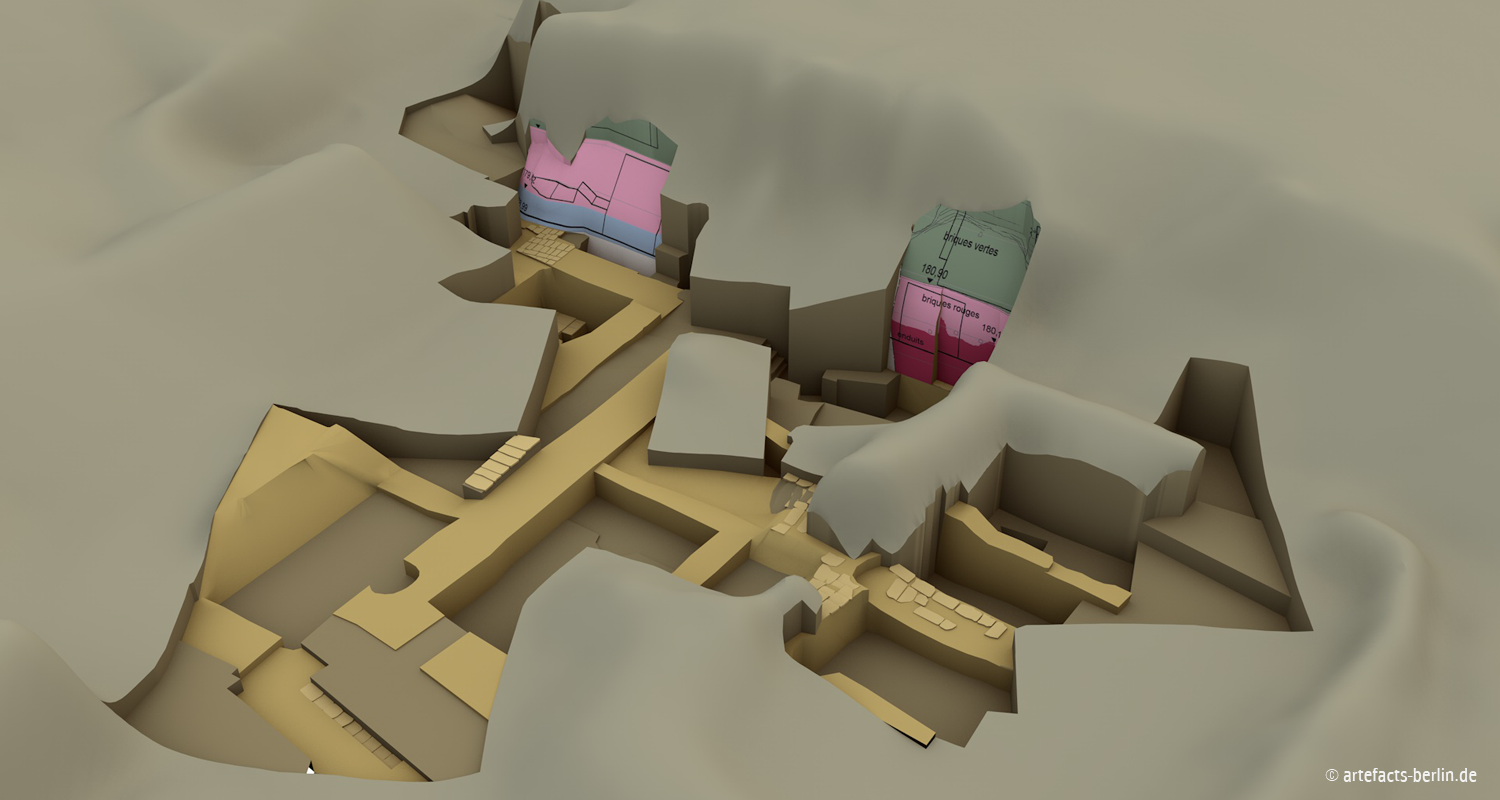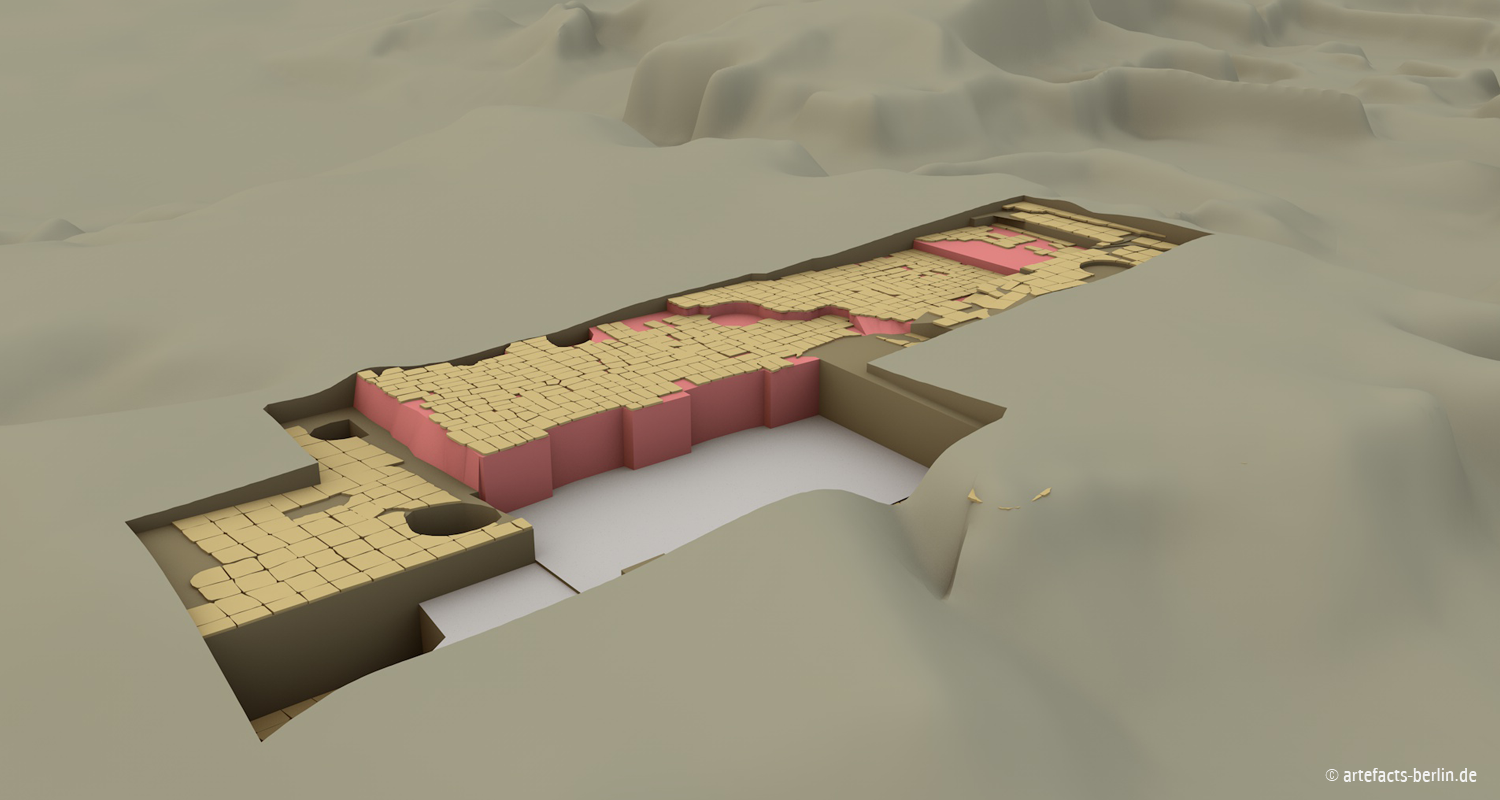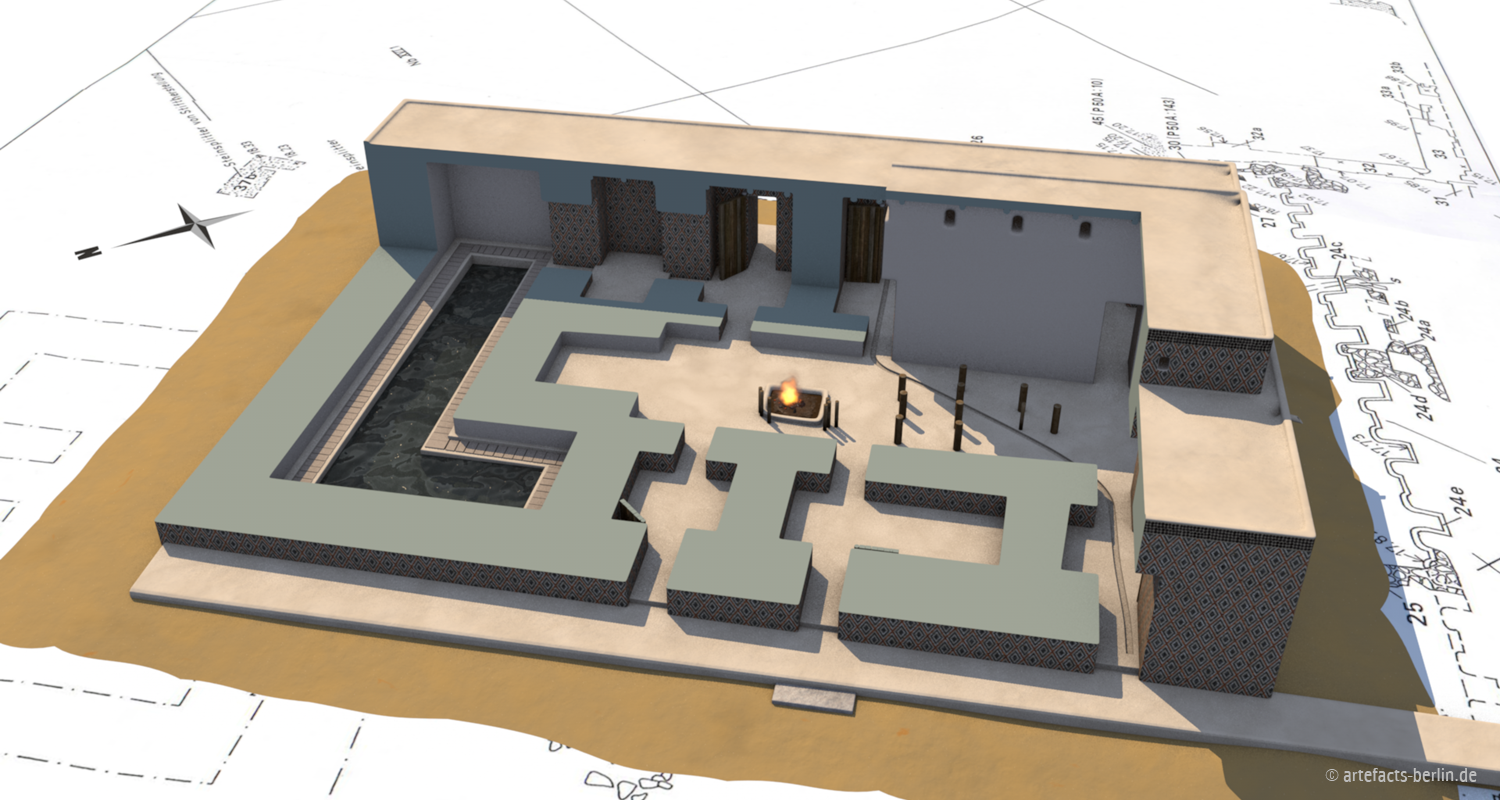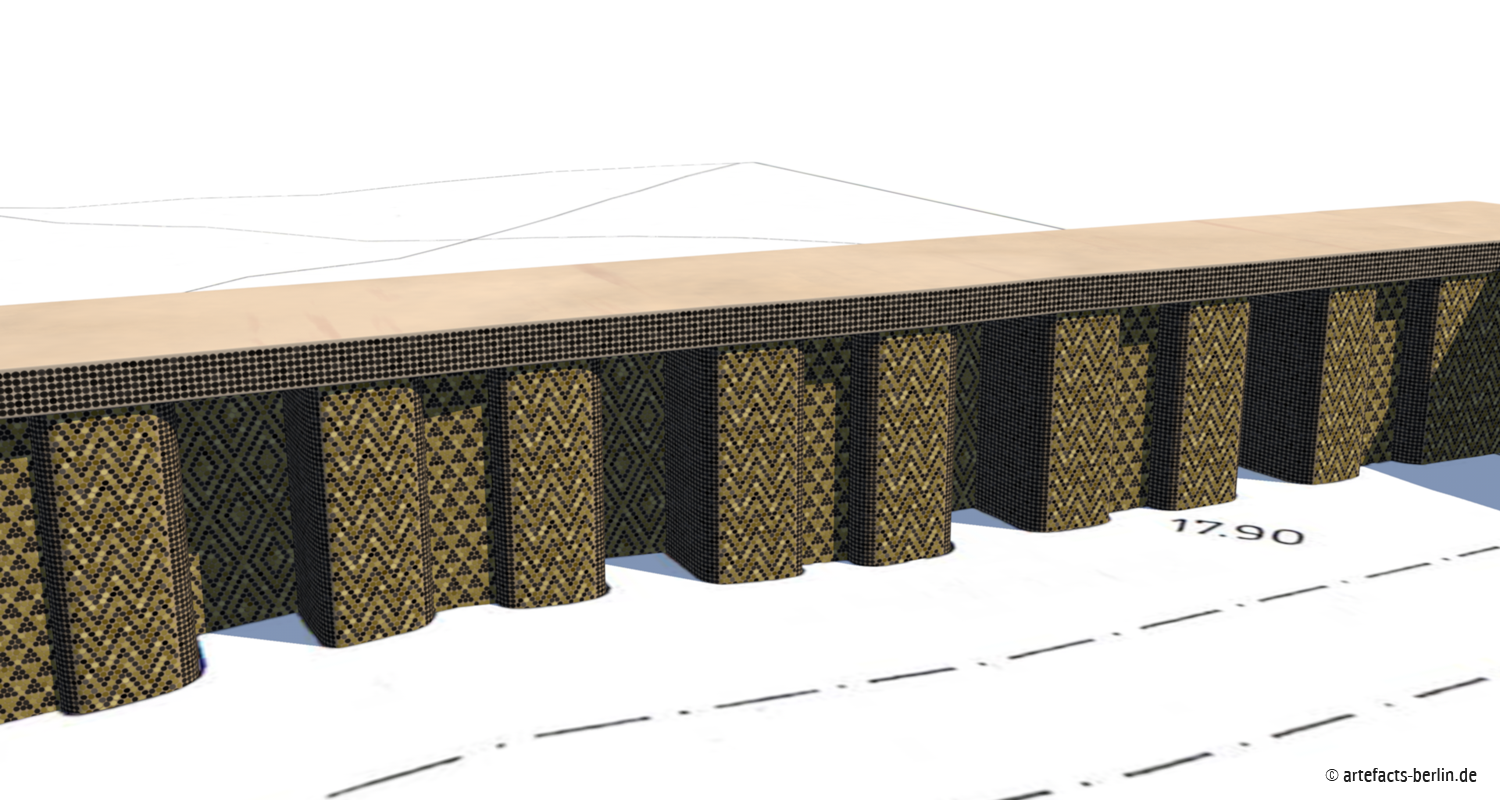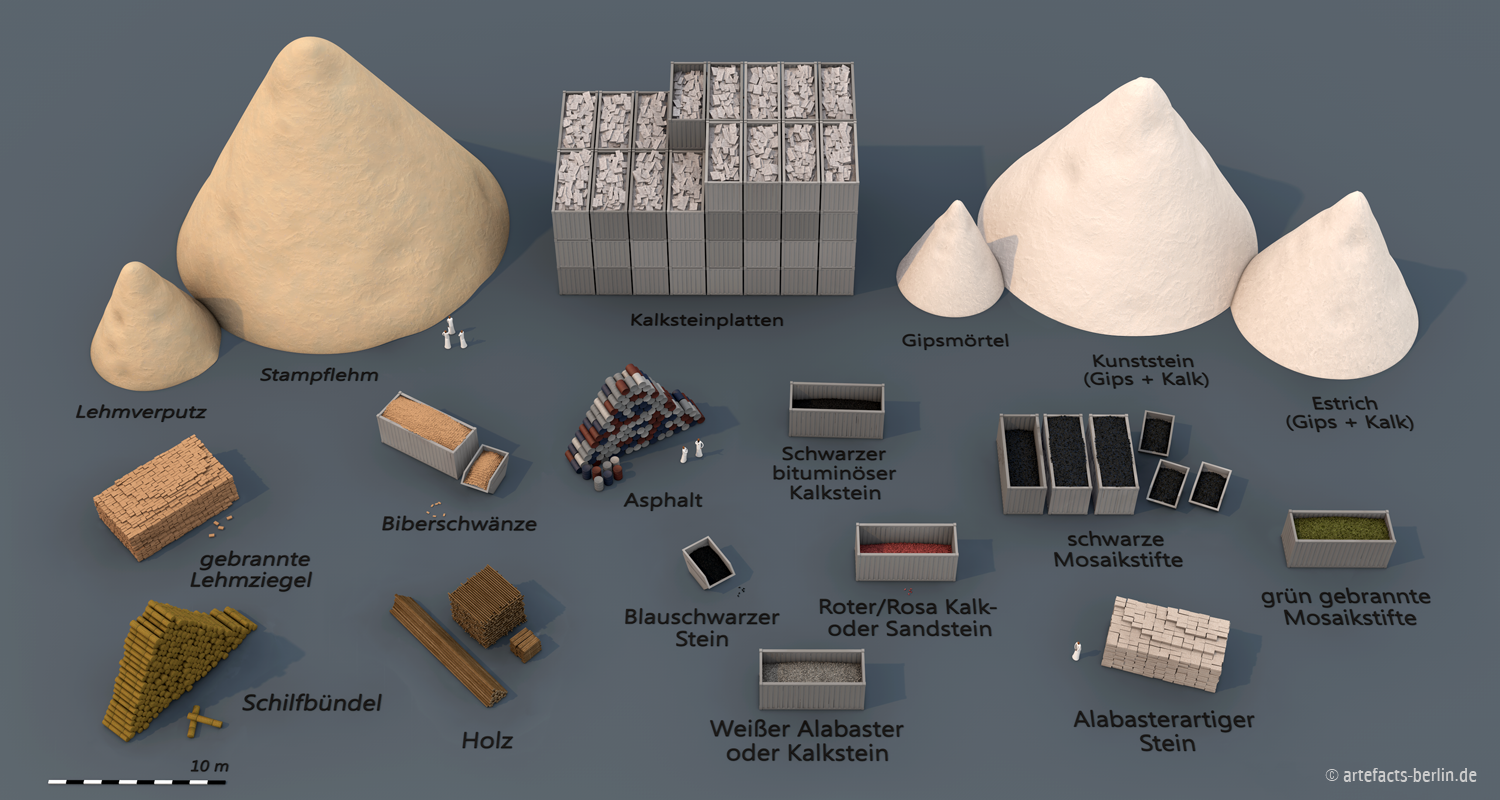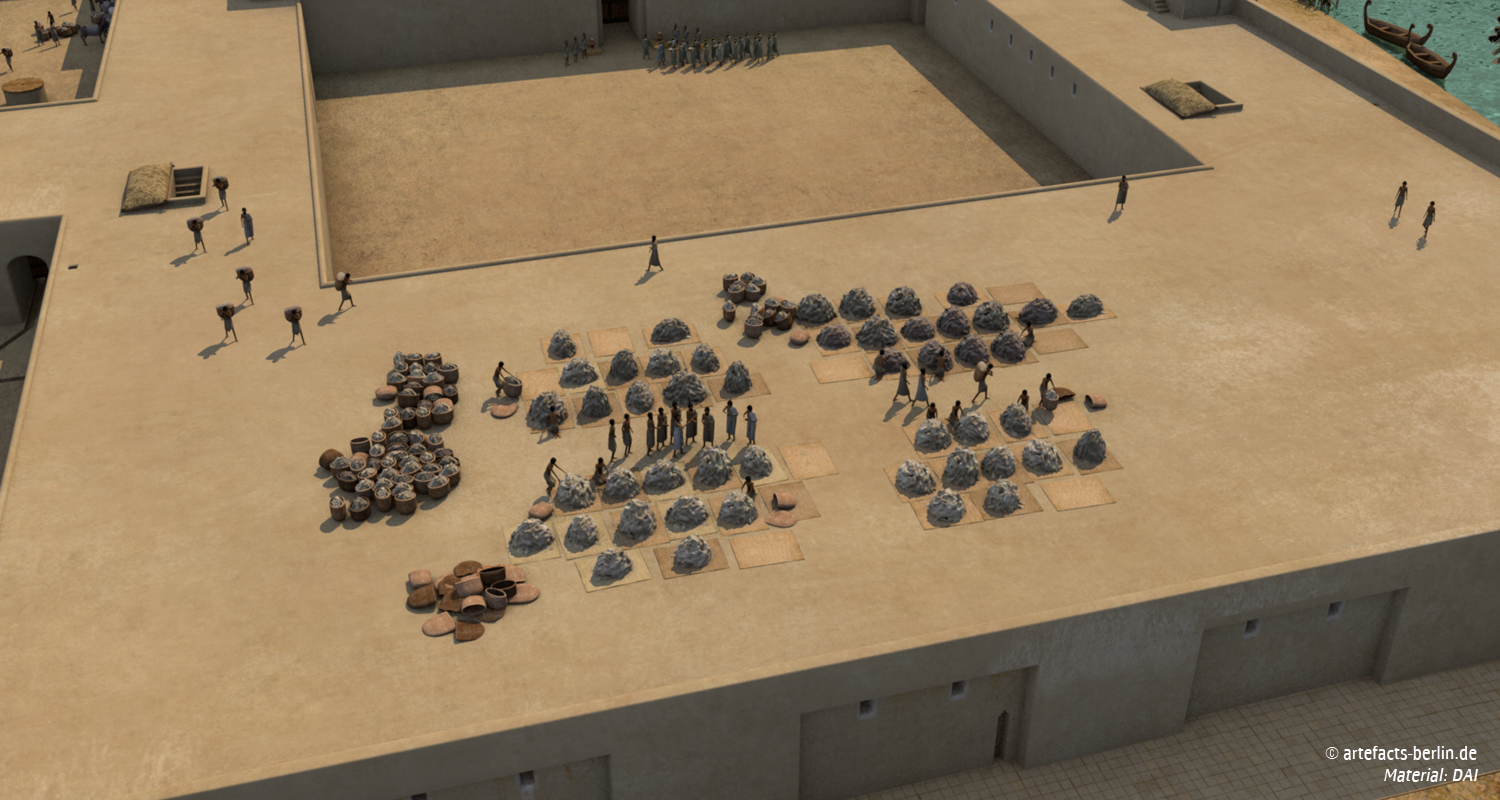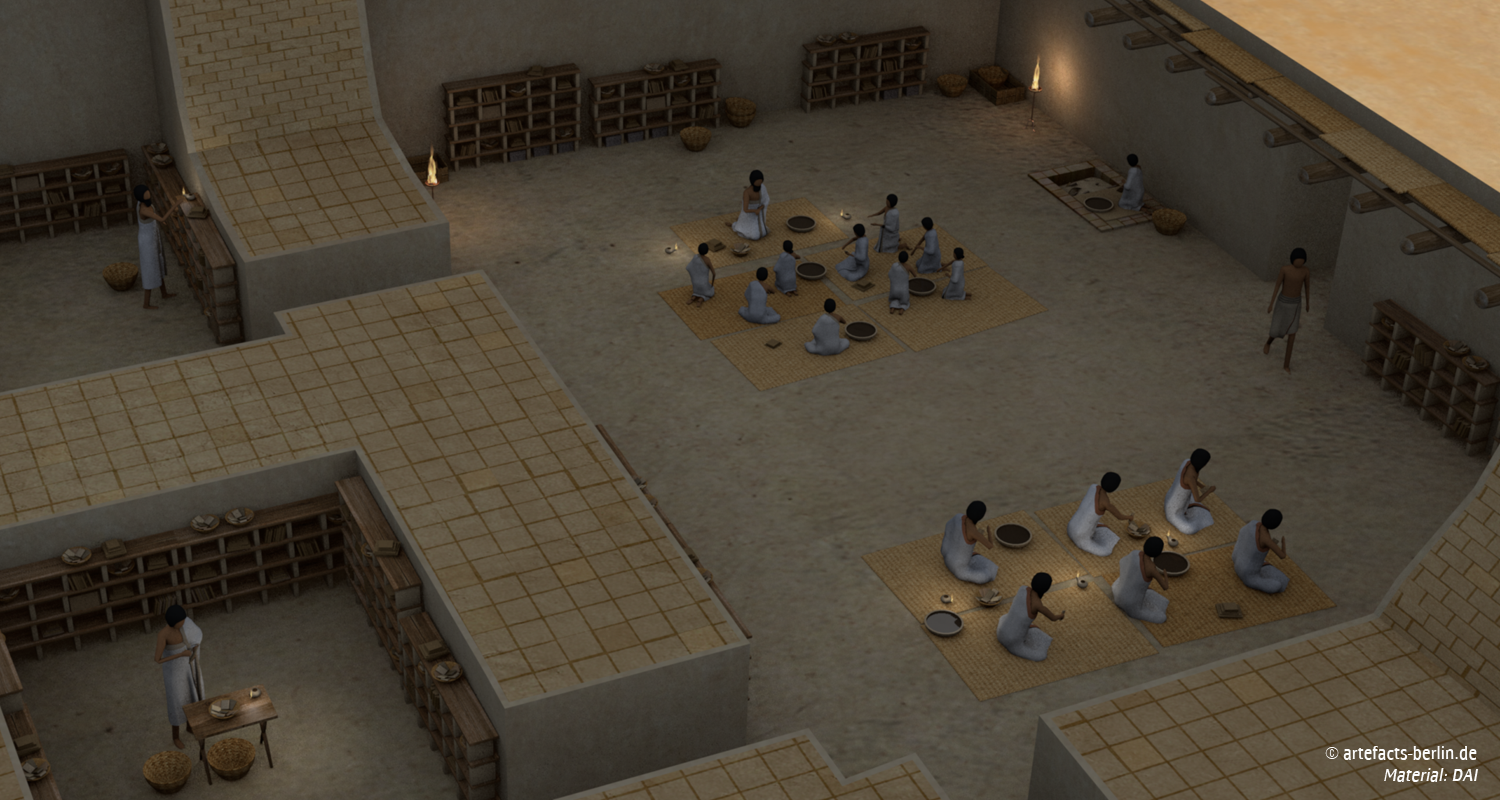About the project For the project “Virtual Reconstruction and Visualization of the South Arabian and East African cultural area” of the Sanaa branch of the DAI we created a large number of architectural visualizations and 3D models of the Ethio-Sabaean settlement Yeha in Ethiopia. The project had three aims. The main focus lay on the […]
About the project The Alhambra, a palace and fortress complex located on the Sabikah hill in Granada/Spain dating from the 13th to 15th century CE, has been a World Heritage Site since 1984. The complex, with a remarkable size of 740 x 220 m is considered to be one of the most important examples of […]
About the project Qantir/Pi-Ramesse (House of Ramses) is situated in the Nile-Delta of Egypt, about 120 km northeast of Cairo. The city was founded by Ramesses II. in the 13th century BCE and was since then his main residence. It is structured by monumental palace and temple buildings and was the seat of the royal […]
About the project Uruk/Warka, situated in modern-day Iraq, is one of the first cities in the world, and was populated almost without interruption for over 5,000 years – from the 4th millennium BCE to the 1st millennium CE. Uruk is famous for the invention of cuneiform writing at the end of the 4th millennium, the […]
About the project Karakorum (in Mogolia) lies approximately 320 km west to the capital Ulaan Baatar and was a medieval city, that is newly excavated since 2000 by a German-Mongolian joint mission. The excavation is focused on a terrace, on which a ‘Great Hall’ was constructed. After evaluating the archaeological record, it is believed that […]
About the project Uruk/Warka, situated in modern-day Iraq, is one of the first cities in the world and was populated almost without interruption for over 5,000 years – from the 4th millennium BCE to the 1st millennium CE. In the so called 3rd dynasty of Ur (21st century BCE), the centre of Uruk was dominated […]
About the project Heron of Alexandria (c. 10-70 CE) was a Greek-Egyptian mathematician and inventor. Heron lived in Roman Egypt and was a representative of Hellenistic Science. He invented a steam-powered engine, called the Hero-Engine or aeolipile, a wind wheel, a vending machine and even the pantograph. He was experimenting with other steam-powered devices as […]
About the project Uruk/Warka, situated in modern-day Iraq, is one of the first cities in the world and was populated almost without interruption for over 5,000 years. In the western area of the city centre a multiple-phased terrace was discovered, the so-called “Anu Ziggurat”. The terrace was extended and raised over time at least ten […]
About the project Uruk/Warka, situated in modern-day Iraq, is one of the first cities in the world and was populated almost without interruption for over 5,000 years – from the 4th millennium BCE to the 1st millennium CE. During the Seleucid period (3rd – 2nd century BCE), Uruk was an important religious centre featuring large […]
About the project Mari, modern Tell Hariri, located in the Middle Euphrates region in Syria is one of the most famous sites in the Near East, and dates from the 3rd to the beginning of the 2nd millennium BCE. The excavations at the Massif Rouge, a massive red-bricked terrasse, offers a very complicated excavation and […]
About the project Uruk/Warka, situated in modern-day Iraq, is one of the first cities in the world and was populated almost without interruption for over 5,000 years – from the 4th millennium BCE to the 1st millennium AD. Uruk is famous for the invention of cuneiform writing at the end of the 4th millennium, the […]
About the project Uruk/Warka, situated in modern-day Iraq, is one of the first cities in the world and was populated almost without interruption for over 5,000 years – from the 4th millennium BCE to the 1st millennium CE. In the Old-Babylonian Period, Sin-kashid founded his dynasty and built his palace in the western part of […]


